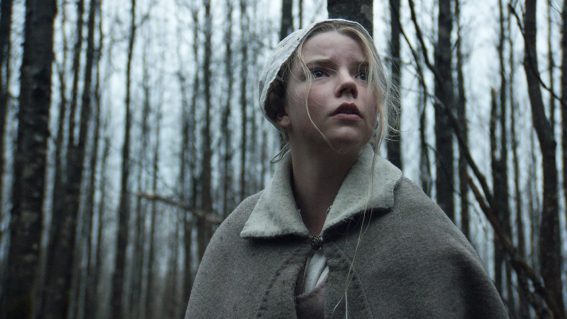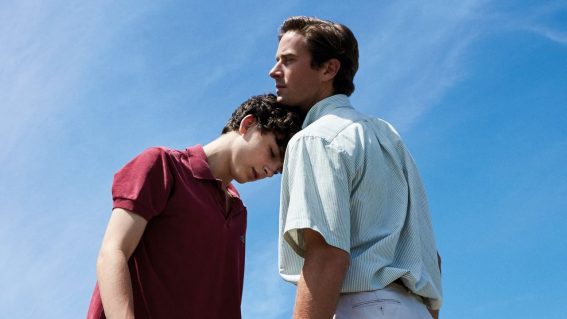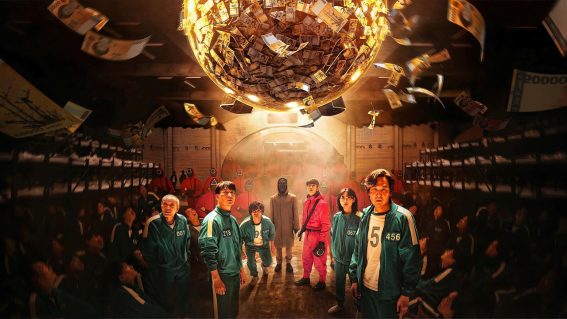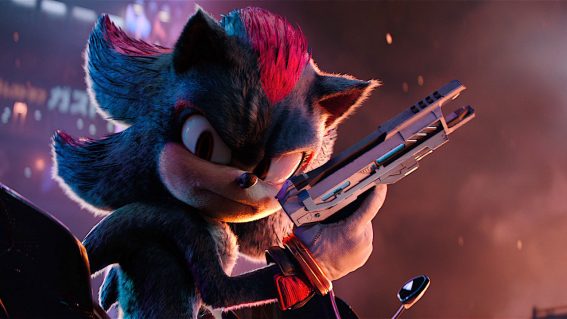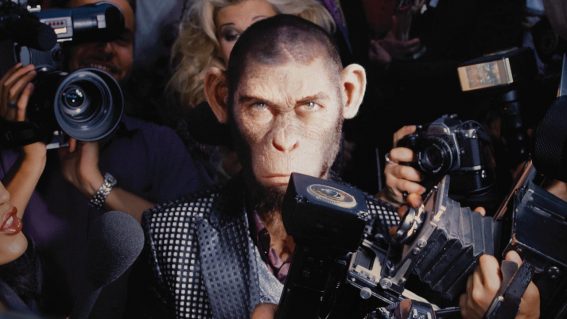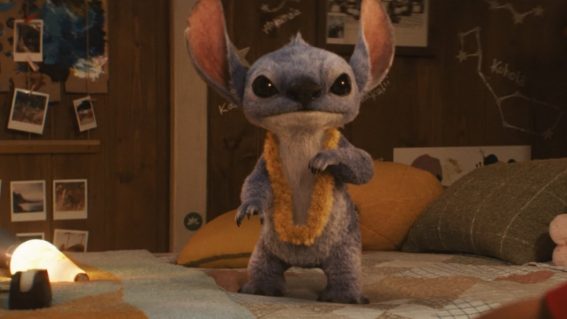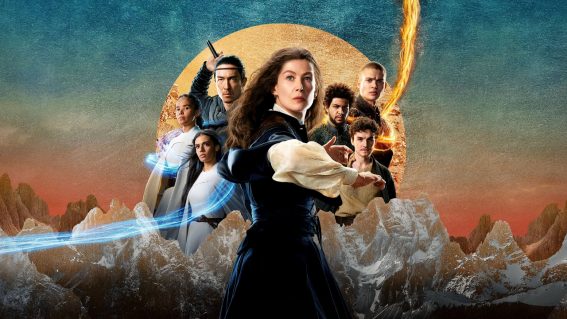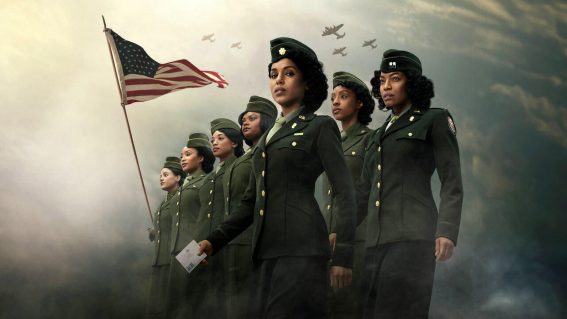Capsule reviews of UK action movies
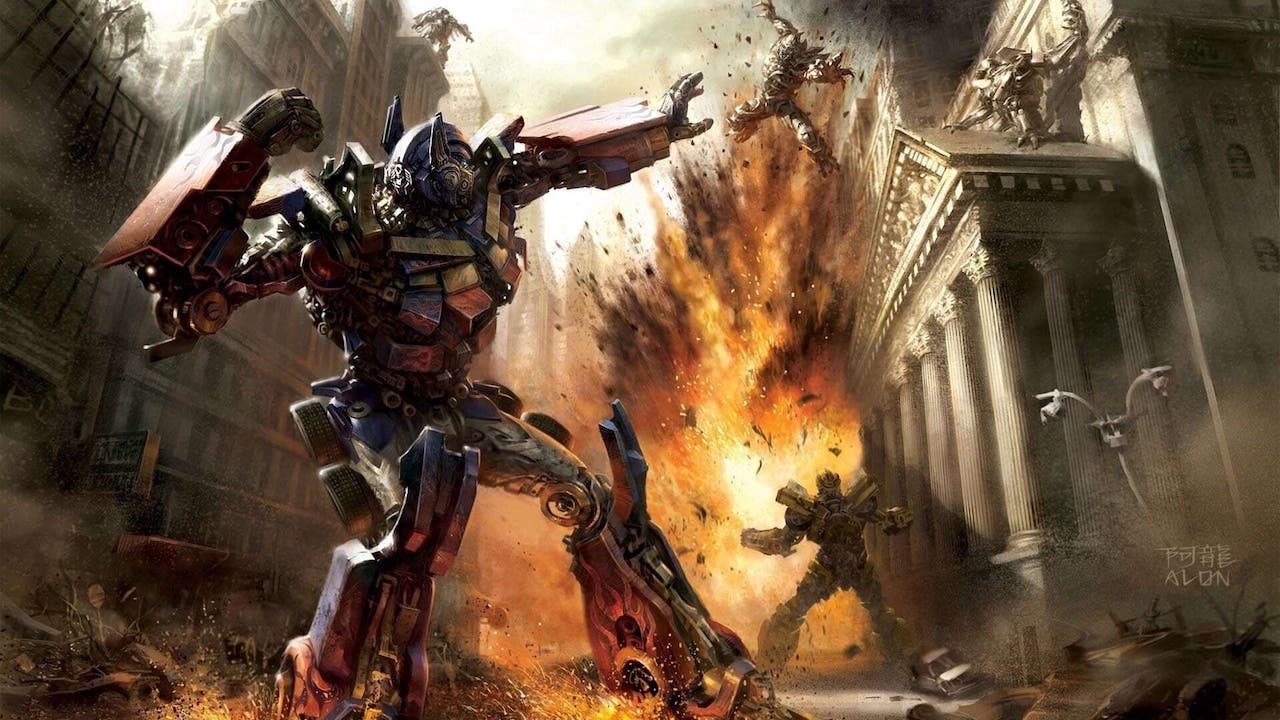
Here you can find Rory Doherty’s short-but-sweet reviews of action movies that have moved from one platform to another, with a mighty, car-flippin’ explosion.
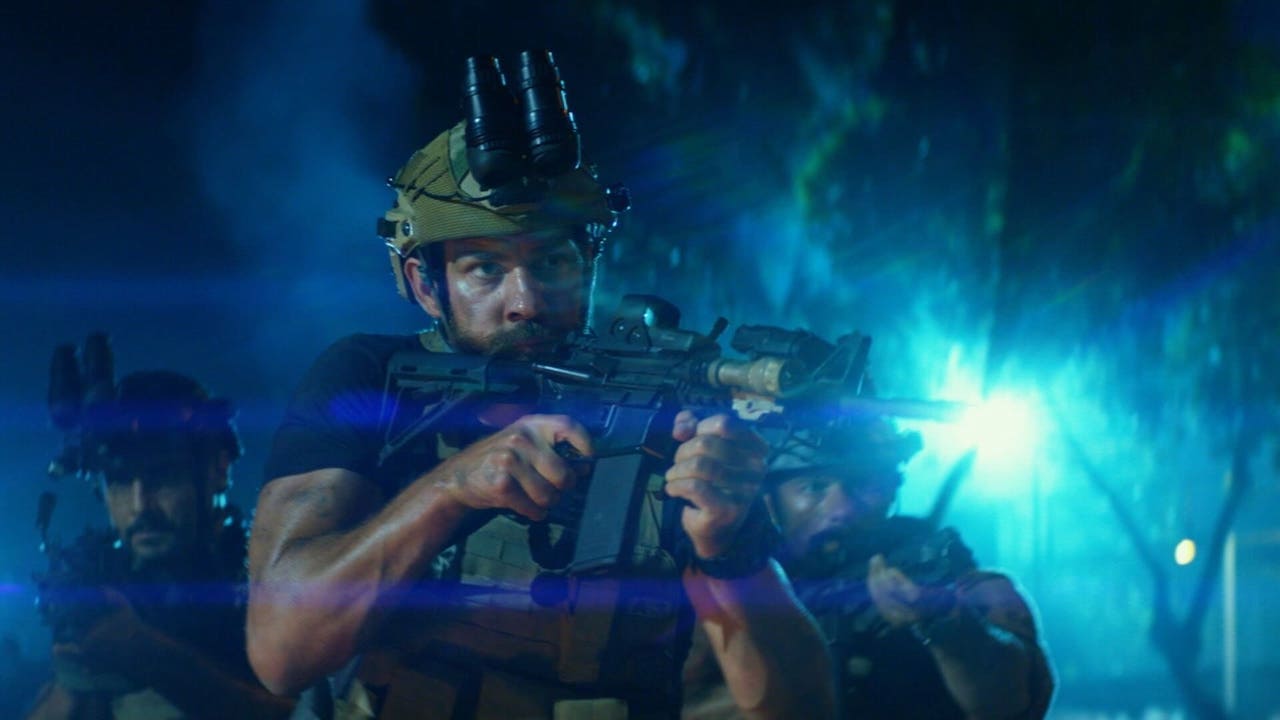
13 Hours: The Secret Soldiers of Benghazi (2016)
Like 2022’s Ambulance, Michael Bay’s tightest, most effective filmmaking often comes in his much smaller (and, unfortunately, less profitable) projects. 13 Hours takes place a mere four years before it was produced, telling the story of the unofficial operatives protecting the CIA presence in post-Gaddafi Libya. Bay keeps the devastating impact of his action while dialling down the visual spectacle, leaving a film that (besides its garish jingoism) is a more engaging watch than his less restrained efforts.
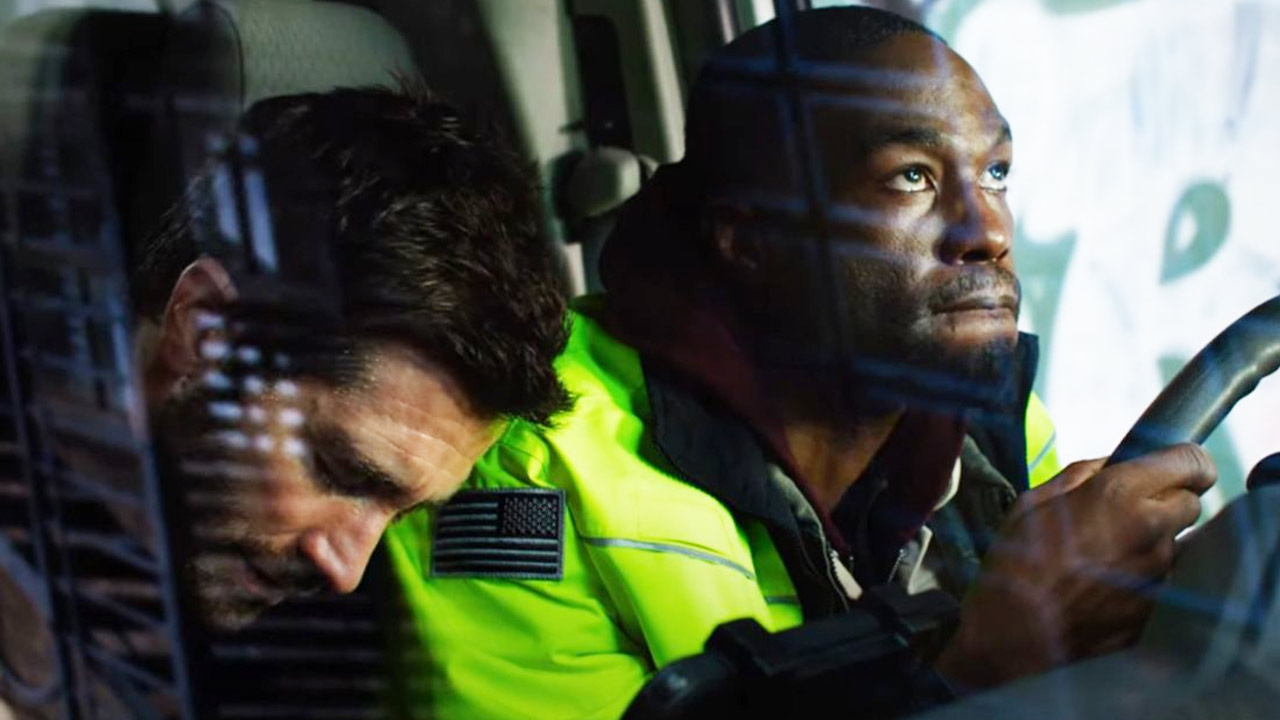
Ambulance (2022)
After diminishing returns on the Transformers franchise and spending as much Netflix money as possible, Michael Bay scaled things down for his next film. You may not believe that watching Ambulance, a film whizzing with so much dynamism it threatens to keel over at any minute. It’s like Bay heard the criticisms that Fury Road was nothing more than one extended car chase and wanted to retaliate with something just as gas-guzzling. It’s non-stop lights and sirens!
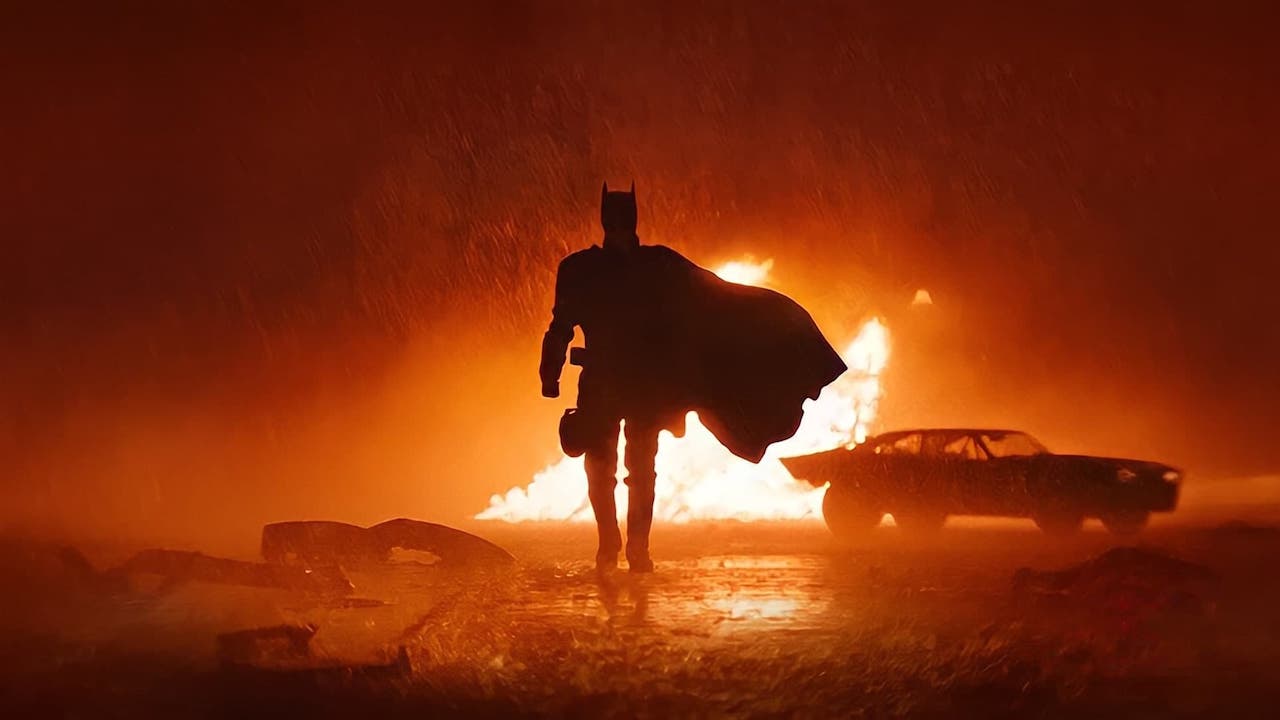
The Batman (2021)
The most gorgeously crafted Batman film to date also didn’t slack on the action. Fans went crazy when the first trailer revealed the brutal extent of the Dark Knight’s fisticuffs, and across the three-hour noir story there’s plenty of brawling, pursuits and a highly explosive car chase. The mood is heavy and the stakes get ugly—there’s certainly no POW! sound effects when Batman unleashes his vengeance.
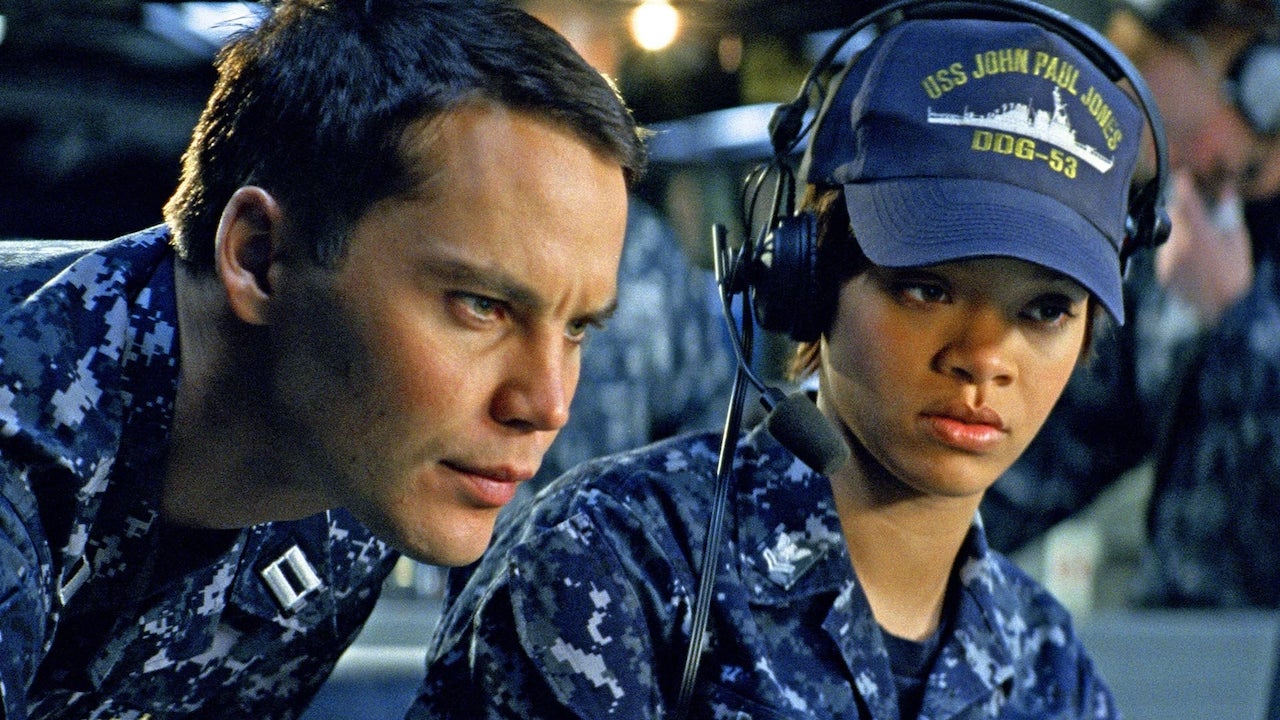
Battleship (2012)
In terms of Hasbro’s attempts to monetise their toys and games, it’s safe to say Transformers was their only real win. There aren’t even two fleets of battleships in Battleship, the US Navy faces up against an armada of alien ships. This film definitely turned its brain off in every stage of production, but remembered to keep the action big and thundering. Viewed as a parody of Bayhem taken to the most stupid extremes possible, it’s a home-run Hollywood effort.

Blade (1998)
No hyper-stylised 90s action movie should ever be considered dated—the over-energetic visuals and pounding electro scores became a style itself that deserves to be emulated by every slick action vehicle today. Before X-Men kicked off Marvel movie fever, this Wesley Snipes vampire hunter film whet the appetite for a specific kind of badass thrills that has yet to be recaptured in any MCU property. The still-iconic blood rave kicks off a delightful sunglasses-wearing ride.
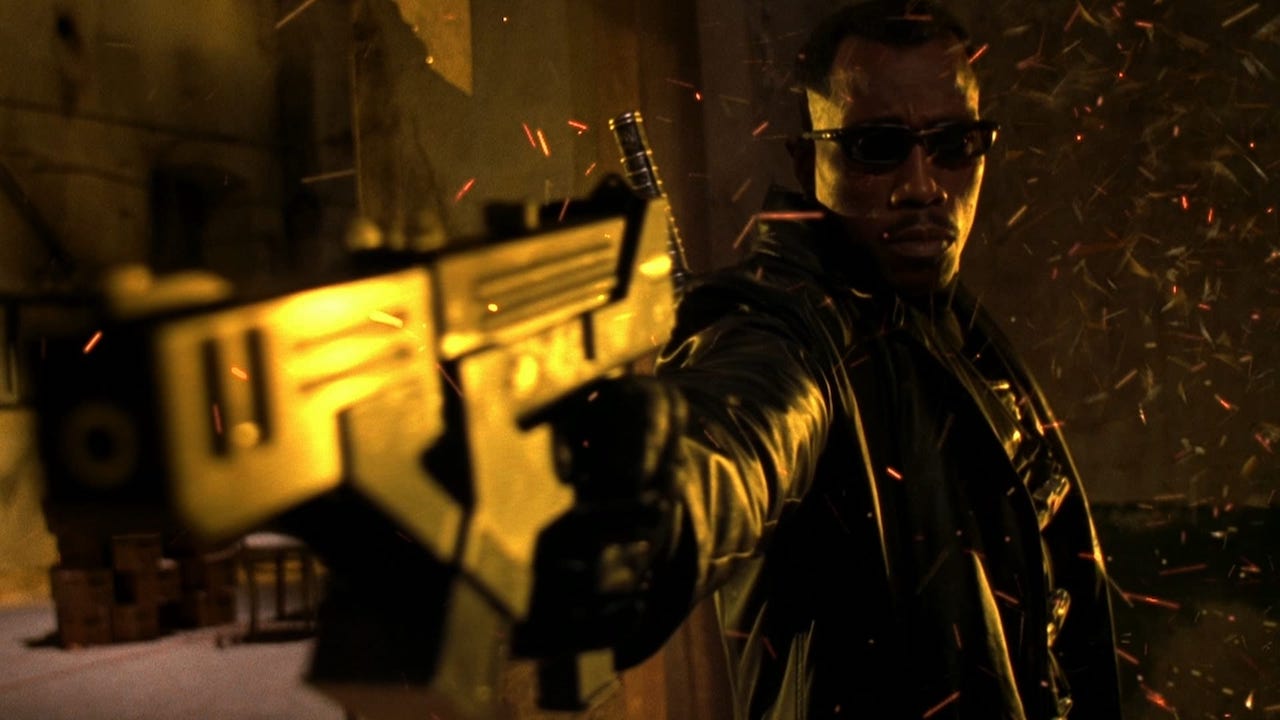
Blade II (2002)
While Marvel struggles to get the cameras rolling on their own Blade, why not revisit the best version made by none other than Guillermo Del Toro? The uber-cool aesthetics of the incredibly 90s first film get a lot more body-horror and physics-defying here, with Wesley Snipes only shedding his trademark leather trench coat to deliver some glorious roundhouse-kicking mayhem. Del Toro brought a dynamic visual style to the souped up action, reminding us how stylish superheroes can be.
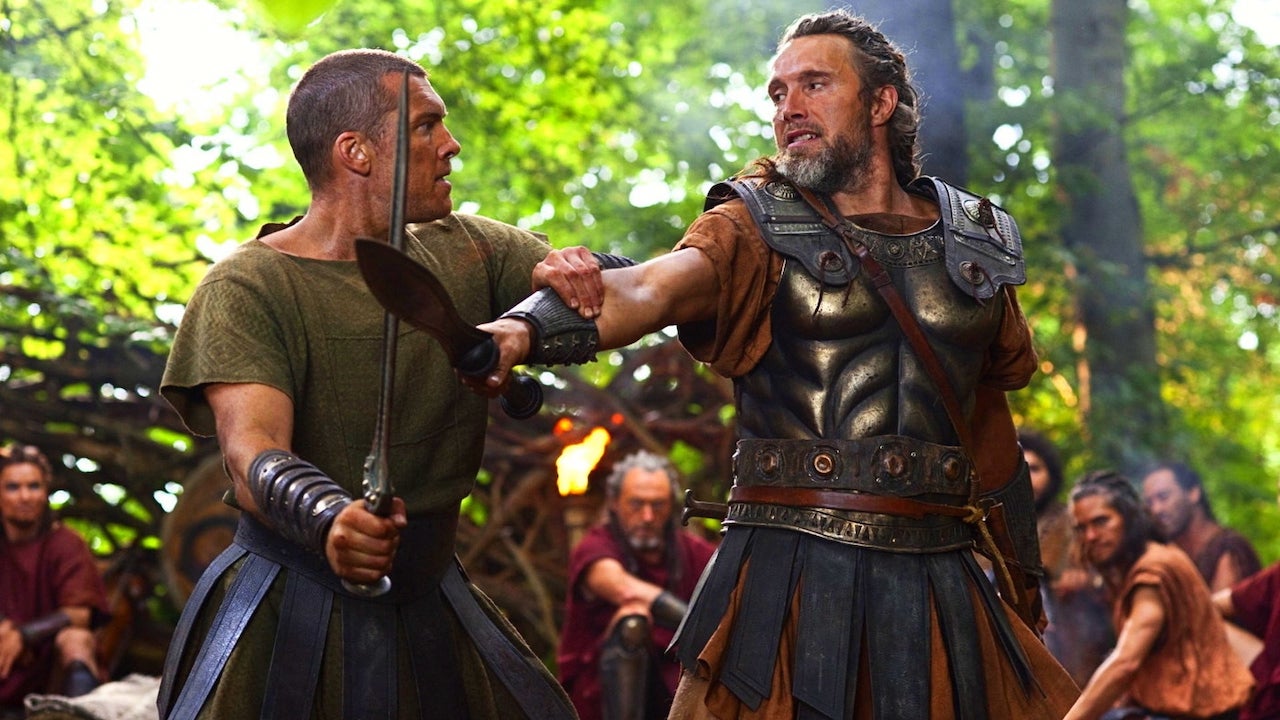
Clash of the Titans (2010)
Sure, Ray Harryhausen’s effects work for the 1980 swords-and-sandals fantasy are legendary and topped off his career as a special effects giant, but they didn’t feel like a Michael Bay movie. If by any chance you’re interested in a Bayhem take on Greek mythology, look no further than this 2010 reimagining of the myth of Perseus, made during the era where Sam Worthington was being thrown at every project and filmmakers were bold enough to release the kraken.
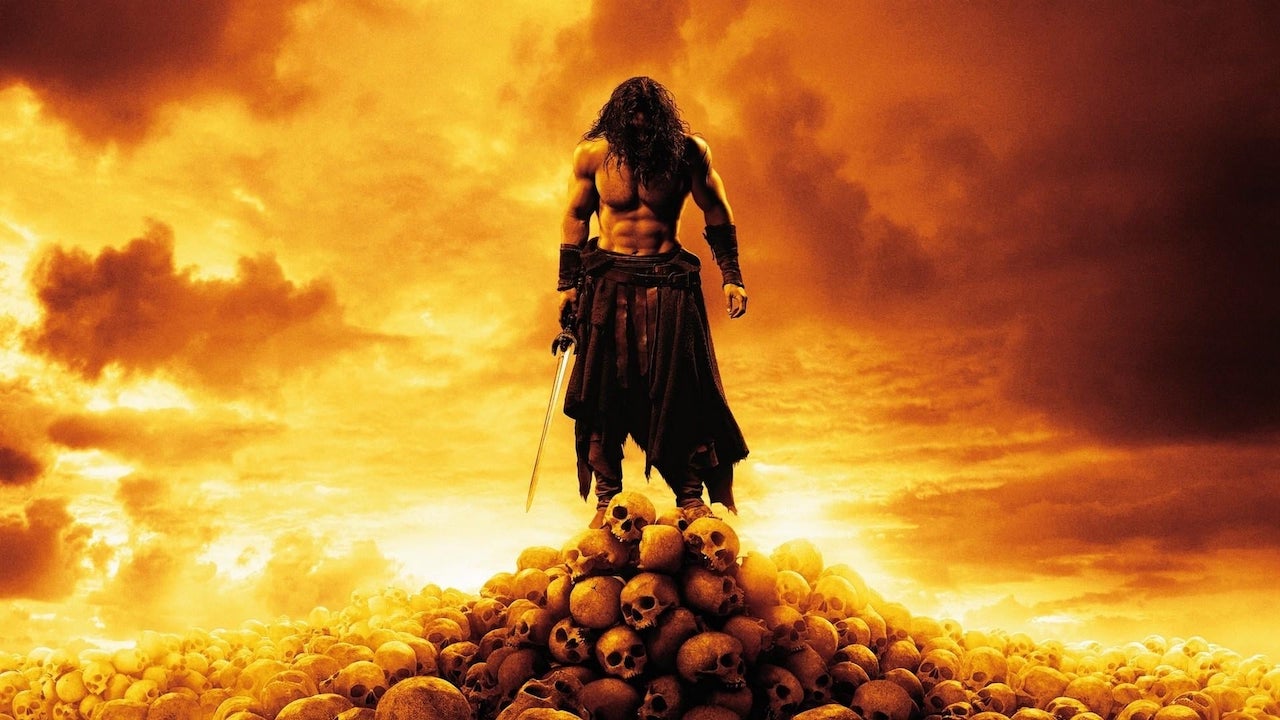
Conan the Barbarian (2011)
It’s fun tracing all the middling films that Games of Thrones actors were plugged into just as their stardom was blossoming. It was clear that some of them couldn’t yet hold an entire film by themselves, but that was not the case with Jason Mamoa. The guy exudes macho charisma, and combined with the wacko fantasy monsters and surprisingly brutal violence of this Conan reboot, it’s easy to see why his career is full of smarmy but intimidating dudes.
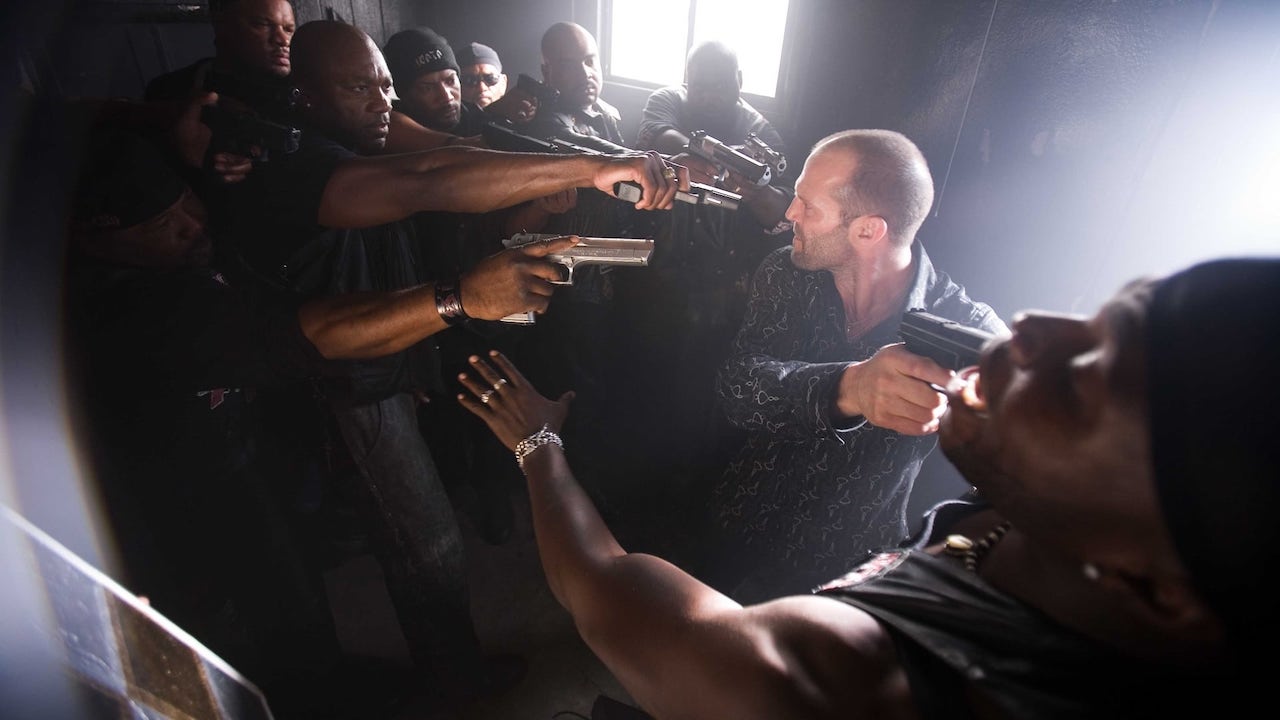
Crank (2006)
Jason Statham’s best film snuck into cinemas in 2006, even though it feels like a supercharged VOD action flick (not derogatory). With HD camcorder aesthetics and frenetic, hand-held camera moves, Crank documents the Stath running around Los Angeles on a perpetual hunt for adrenaline with life-or-death stakes. It’s great seeing an action star play someone who craves action this much, and with a wicked sense of humour and a great pace, the film will have the same effect on you.
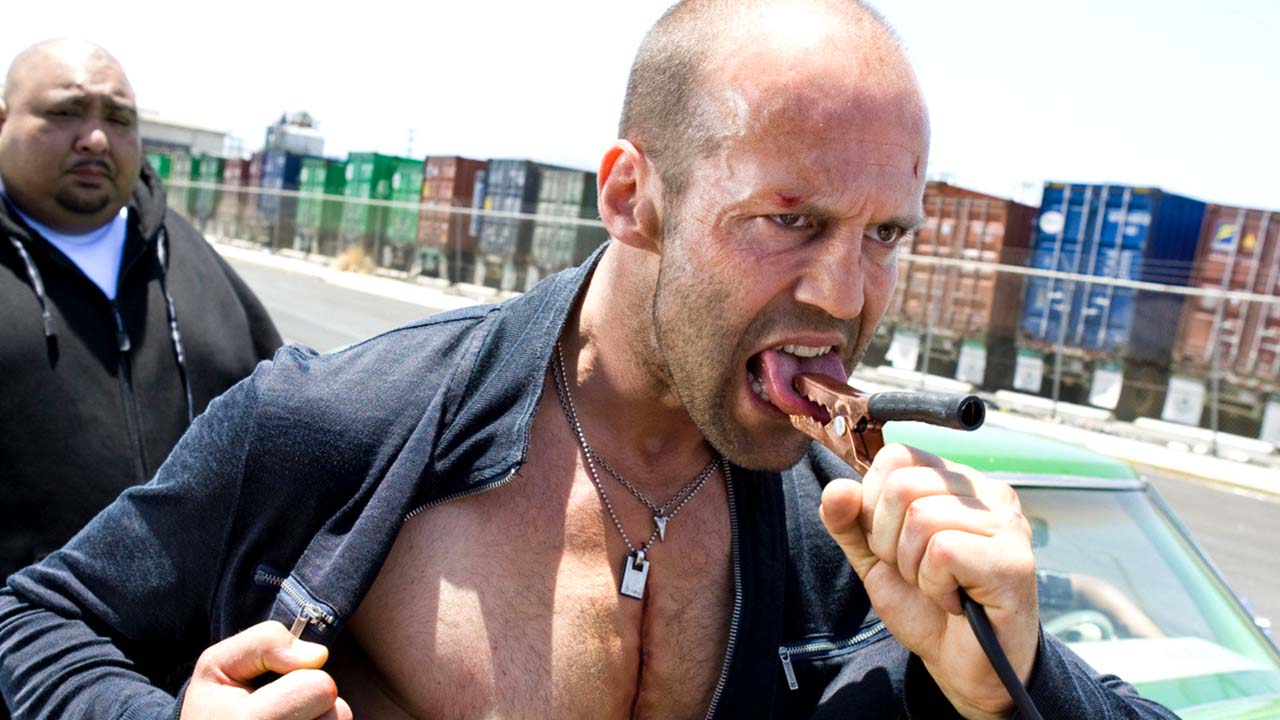
Crank 2: High Voltage (2009)
Even if all the flagrant profanity, vulgarity, and problematic stereotyping of the Crank series isn’t your cup of tea, hopefully you can respect that Hollywood is a better place because of its action. This sequel, where Jason Statham is a crook who must electrocute his artificial heart at regular intervals to stay alive, doubles down on all the handheld digital craftsmanship of the first instalment, never missing an opportunity to do something high-octane and unhinged.
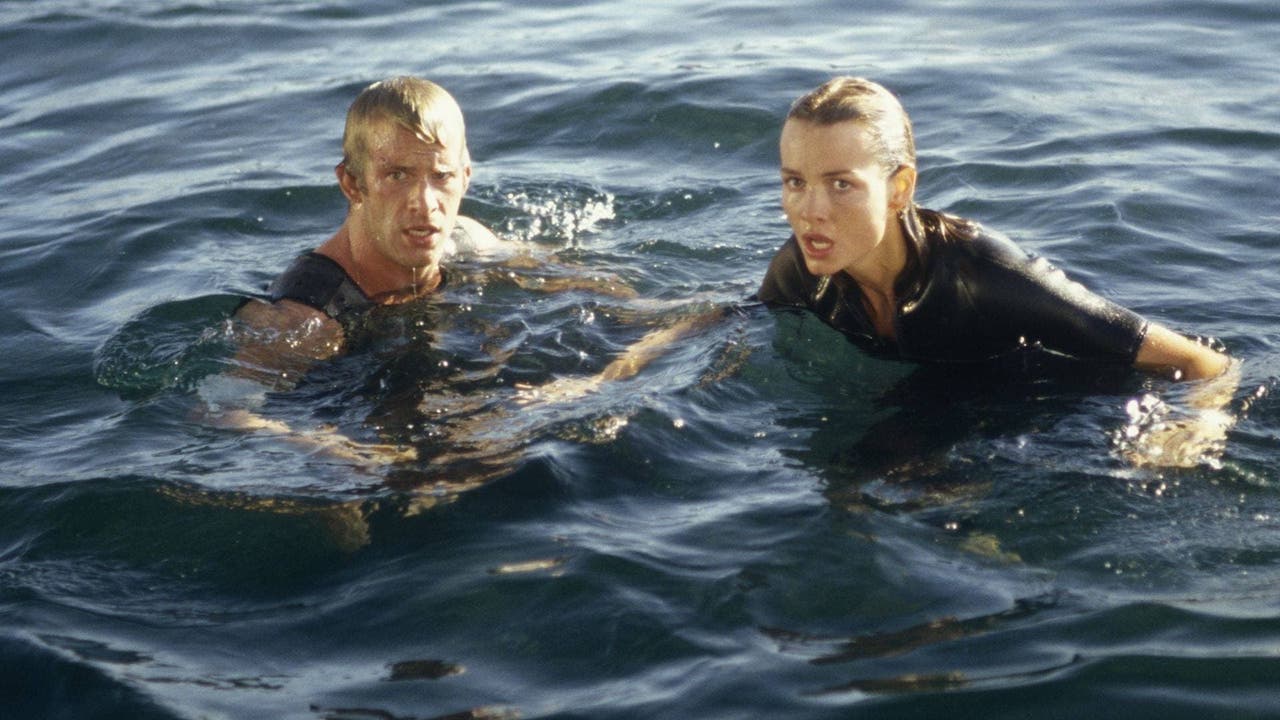
Deep Blue Sea (1998)
1998 was a different time—there was no Meg, no Sharknado, and Jaws still ruled supreme as the best shark movie. Well, Deep Blue Sea may not have bested Spielberg’s thriller, but it was certainly the most shark movie ever made. Featuring an inexplicably complicated plot about sharks getting super-smart at an advanced scientific outpost for a study on how to treat Alzheimers, this film keeps things simple when it comes to shark action—it’s got lots of it.
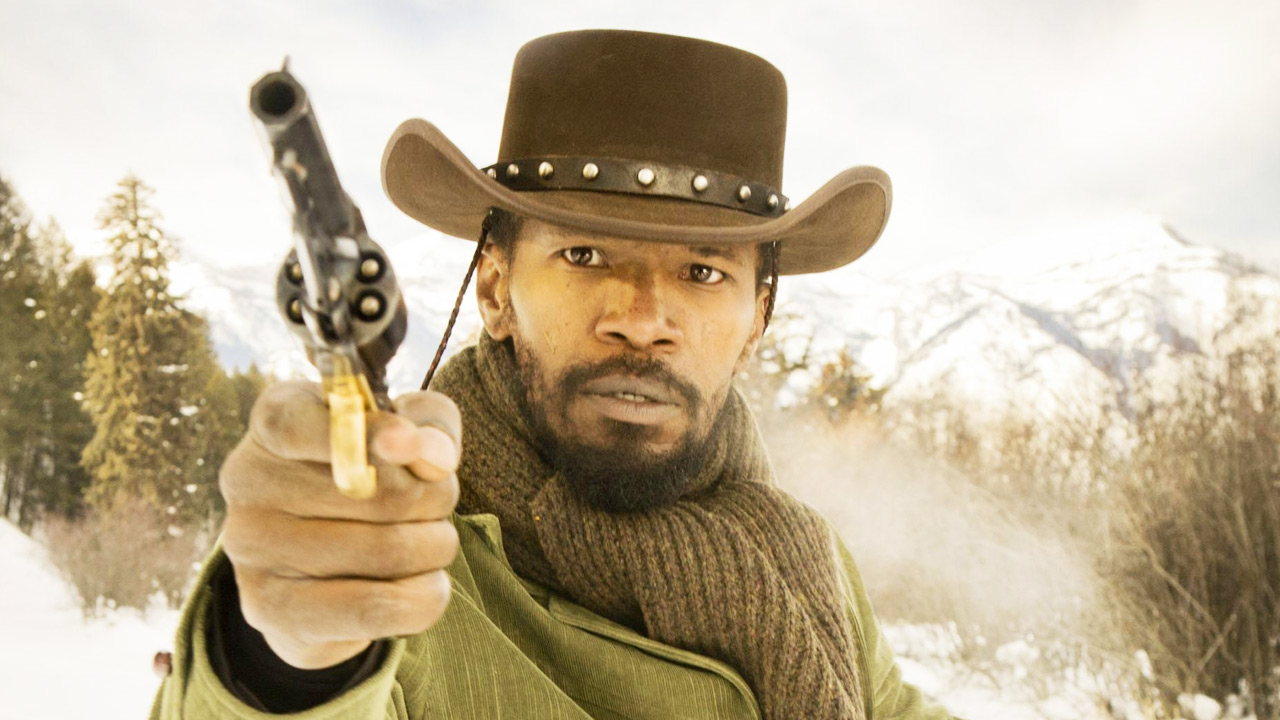
Django Unchained (2012)
Tarantino’s finest hour came with this slavery revenge tale, banding Jamie Foxx’s Django and an Oscar-winning Christoph Waltz (his second win with a Tarantino film) against all sorts of racists, including a scene-stealing Leonardo DiCaprio. Like a lot of Tarantino, there’s a slow, tense build to the bloodshed, but the choreographed carnage is at its most cathartic and ruthless here. Combined with spectacular cinematography, the whole bloody affair feels strangely poetic, and a pulpy exercise in historical revisionism.
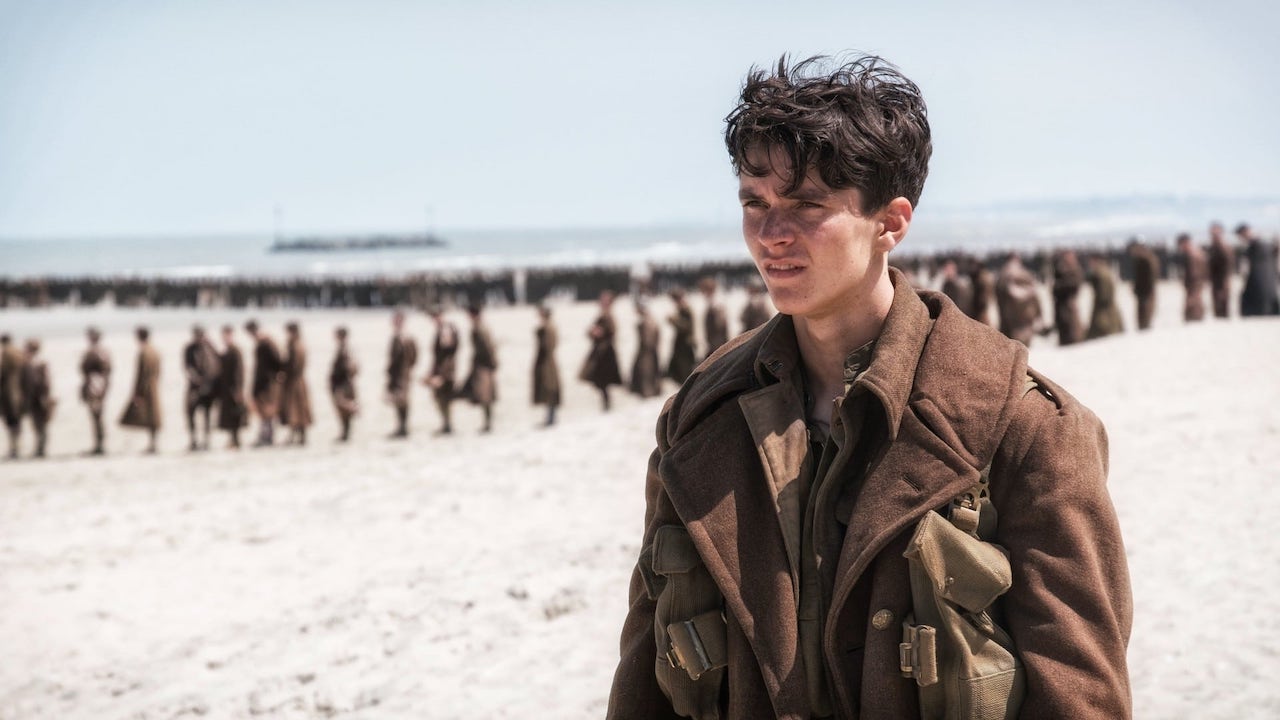
Dunkirk (2017)
After 20 years of plot-heavy, exposition-driven thrillers and blockbusters, Dunkirk proved that Christopher Nolan could propel a film with purely visual style and tension. The other WWII-set film in Nolan’s filmography, this stunningly realised battle to save tens of thousands of soldiers marooned in France is a ticking bomb of split timelines and constant tension. On land, sea, and air, the wartime British psyche is clear to see, with spectacle and skirmishes reminding us of the ever-present Nazi threat.
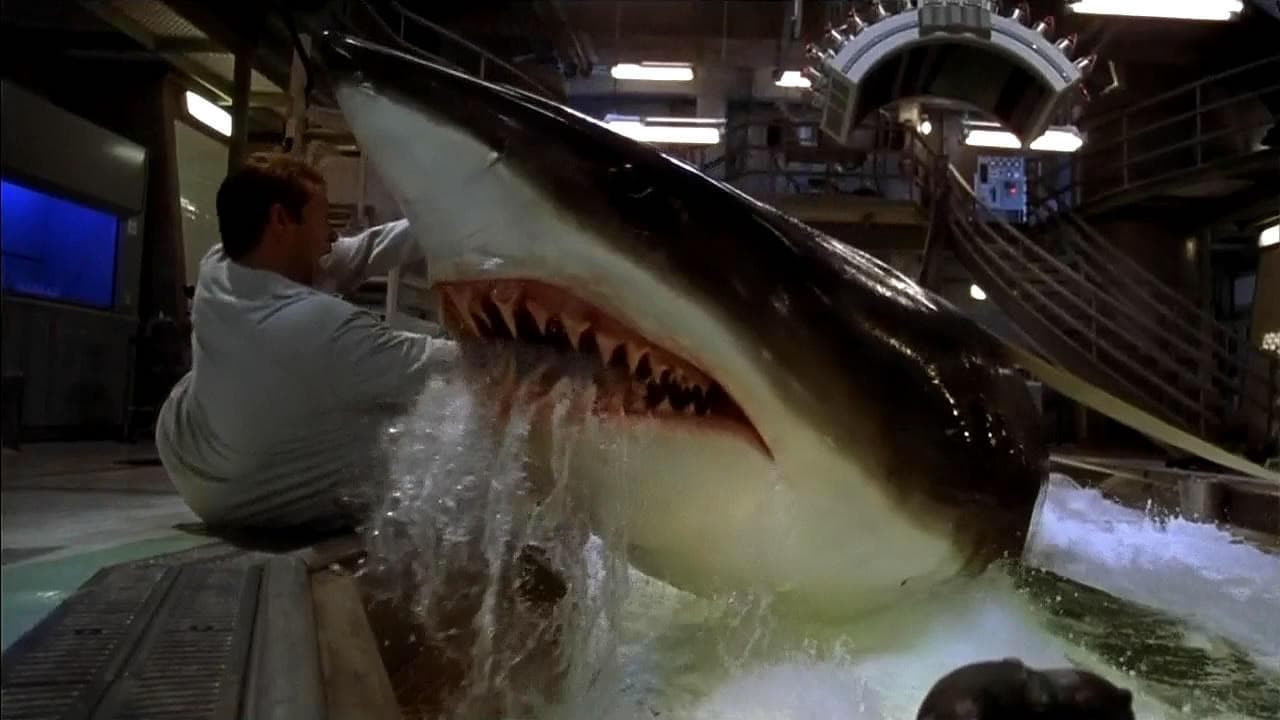
Deep Blue Sea (1999)
The shark movie to end all shark movies—not so much in quality, but in sheer volume and viciousness of sharks. An ocean laboratory experimenting with improving the cerebral capabilities of sharks (necessary science) soon becomes a hunting ground for the captive, intelligent sharks. Floods, explosions, people being bit in half: Deep Blue Sea wants to trump every waterborne creature feature before it, and with all its late 90s excess, it succeeds.
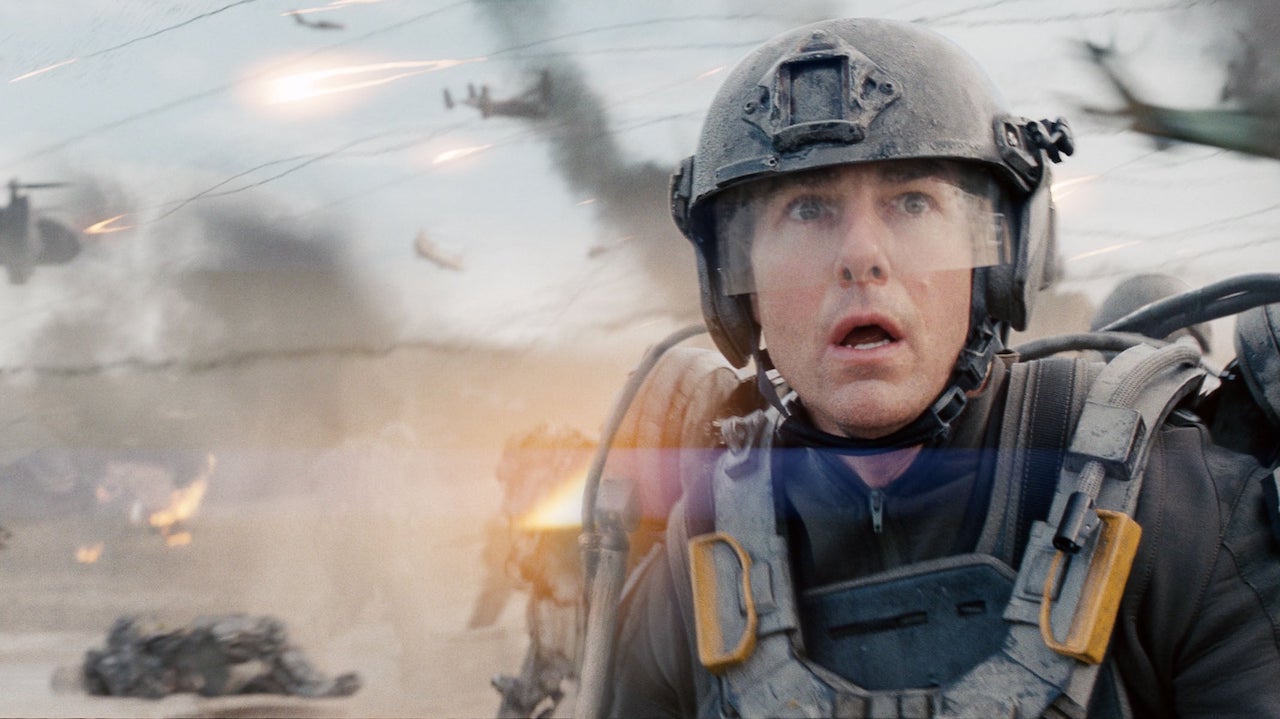
Edge of Tomorrow (2014)
A delightful sci-fi surprise came in 2014 in the form of potentially Tom Cruise’s best blockbuster to date (of course, before Fallout and Maverick). Doug Liman brought to life this tight and pacey Groundhog Day-riffing screenplay (based on a Japanese novel) filled with packed explosive, thundering mech-suit-vs-aliens action—we saw our hero get better and better with every reset of a climactic D-Day-esque battle. It felt like Cruise tapped into a frenetic energy that’s seldom seen in iconic action stars.
You want to know what Tom Cruise would look like on D-Day? This film underperformed back in 2014 (and subsequently had its title altered by studios to increase its appeal) but stands out as a key text in the Tom Cruise renaissance. It’s got everything: robotic exoskeletons, infantry sieges against demonic aliens, and a Groundhog Day plot device that revives Cruise every time he’s killed – which is a lot. No complaints about A-listers being invincible after this…
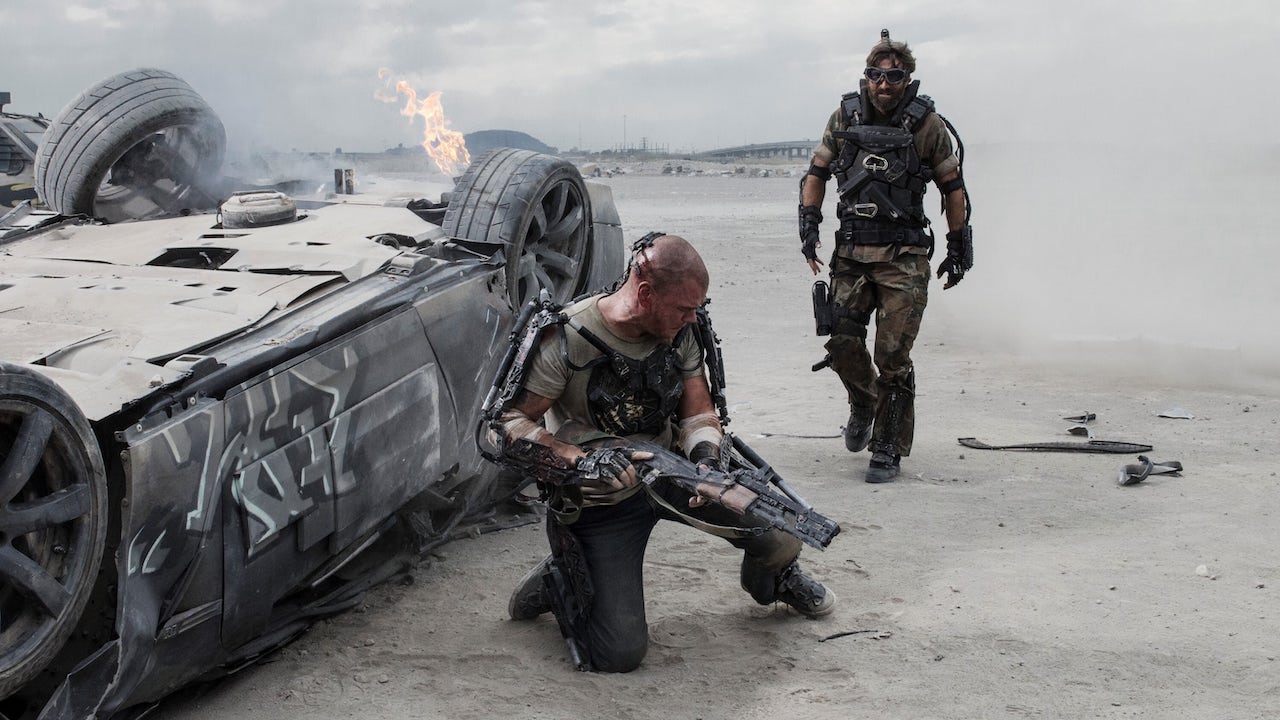
Elysium (2013)
Neill Blomkamp may have been running on fumes since his breakout District 9, but his follow-up Elysium still packs a solid punch. A blunt, broad-strokes social commentary about the haves and the have-nots, Matt Damon stars as an unlikely revolutionary (with an exoskeleton, of course) who tries to get life-saving medical equipment from an orbiting satellite Earth’s rich all now live in. It’s grisly, violent, and a thrilling ride skywards.
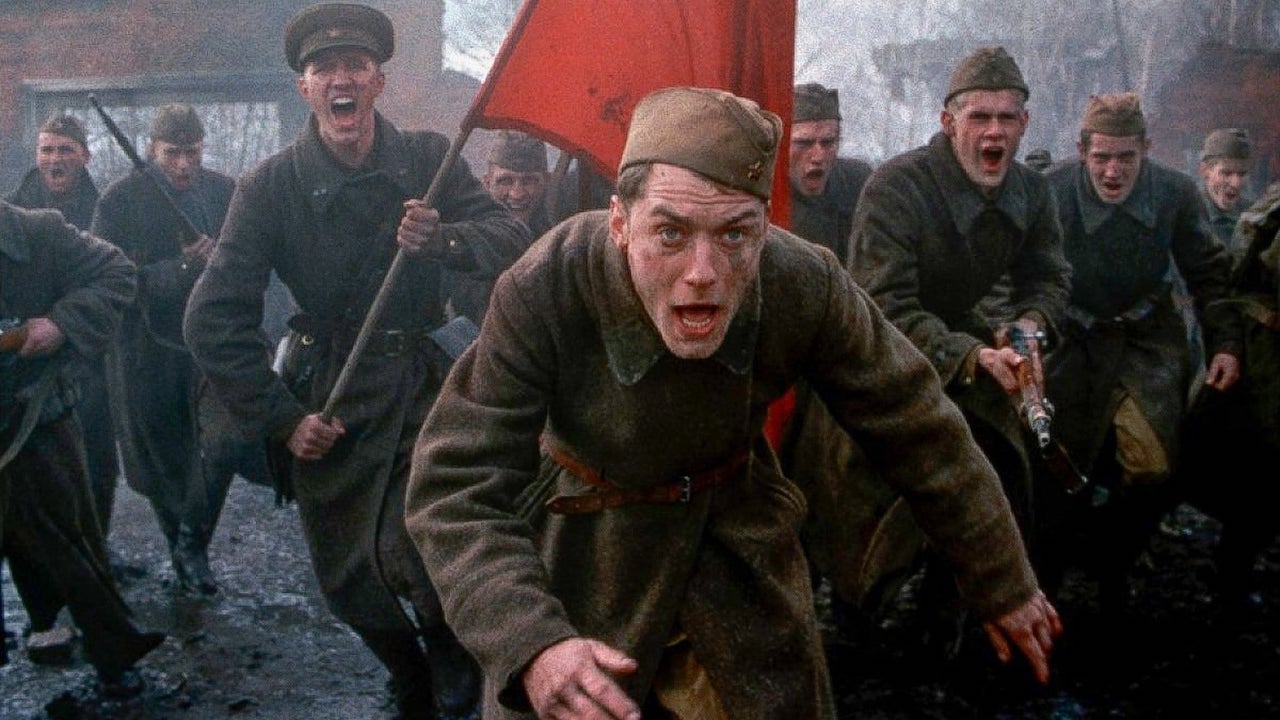
Enemy at the Gates (2001)
The early 2000s were filled with movies trying to mimic the success of late 90s hits, and clearly this Stalingrad war pic is an attempt to recapture Saving Private Ryan’s glory—complete with an elaborate, overwhelming, and bloody opening battle. Once we settle into the rhythm of one of the bloodiest battles in WW2, this tense face-off between a Soviet and Nazi sniper deserves special commendation in the gritty war canon.
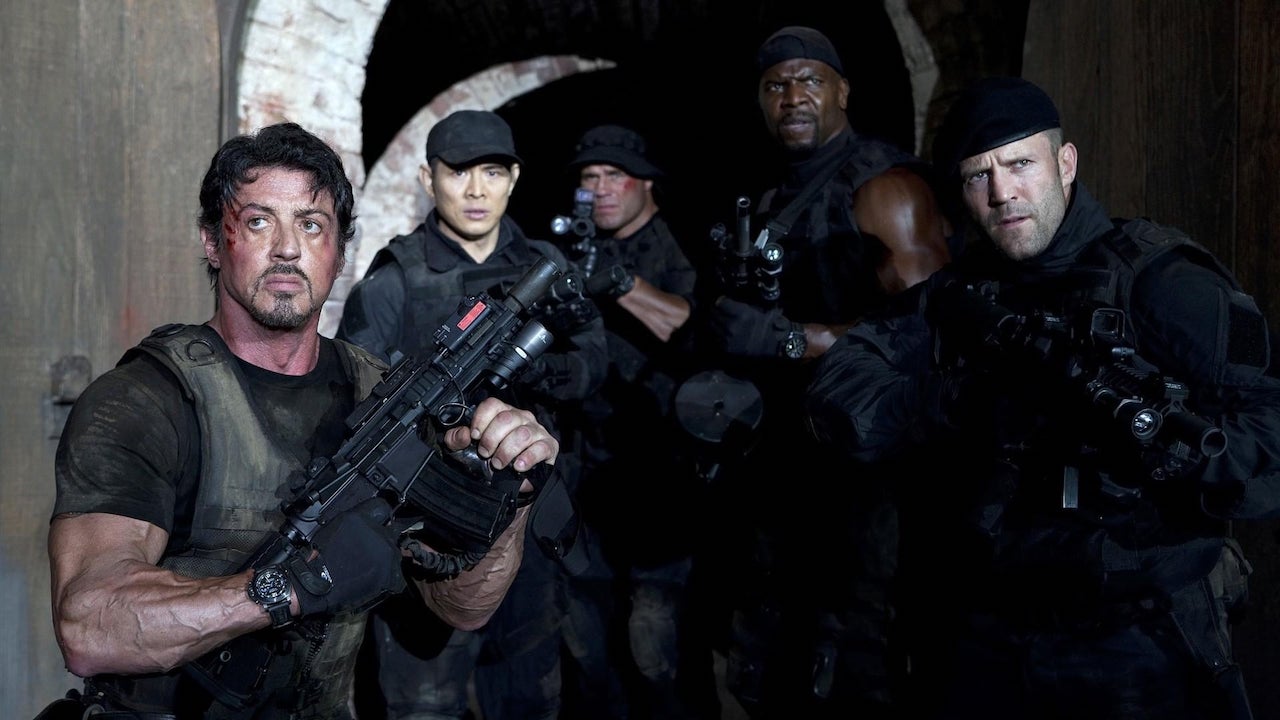
The Expendables (2010)
After Sylvester Stallone returned to playing Rocky and Rambo in the 2000s, he could have hung up his hat—but true legends aren’t ones to rest easy. Taking cues from Taken’s revitalisation of Liam Neeson’s career, he gathered as many B-movie stars and over-the-hill action heroes and made a film about mercenaries who do the jobs no-one wants to do. For all their faults, the Expendables series is a great archive of Stallone and Jason Statham’s iconic friendship.
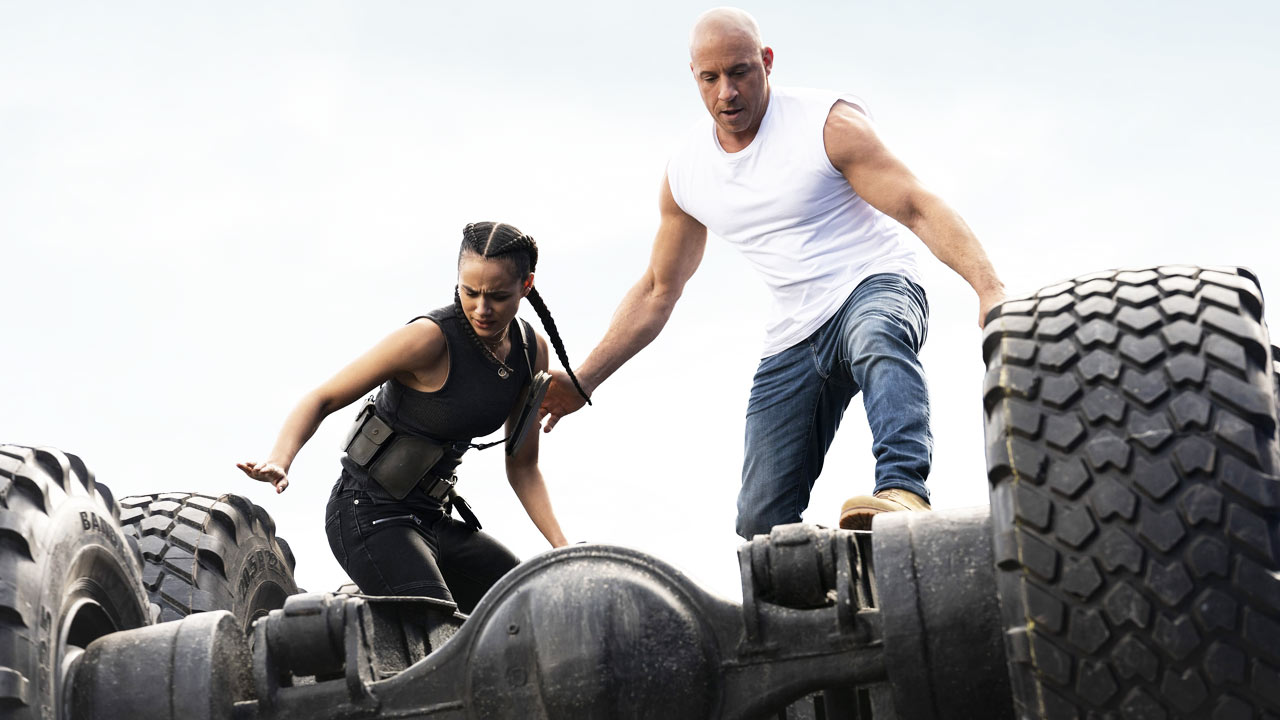
F9 (2021)
After a mixed bag of films helmed by other directors (just for the record: Furious 7 > Fate of the Furious > Hobbs and Shaw), Justin Lin returned for his fifth film with the Fast and Furious franchise. The timeline is no longer disordered, the Rock is no longer stealing the spotlight, we’re all about stunts, family, and tons of actors from previous films. Lin’s a stellar big-scale action director, keeping the audience focused the stakes get even more ridiculous than before.
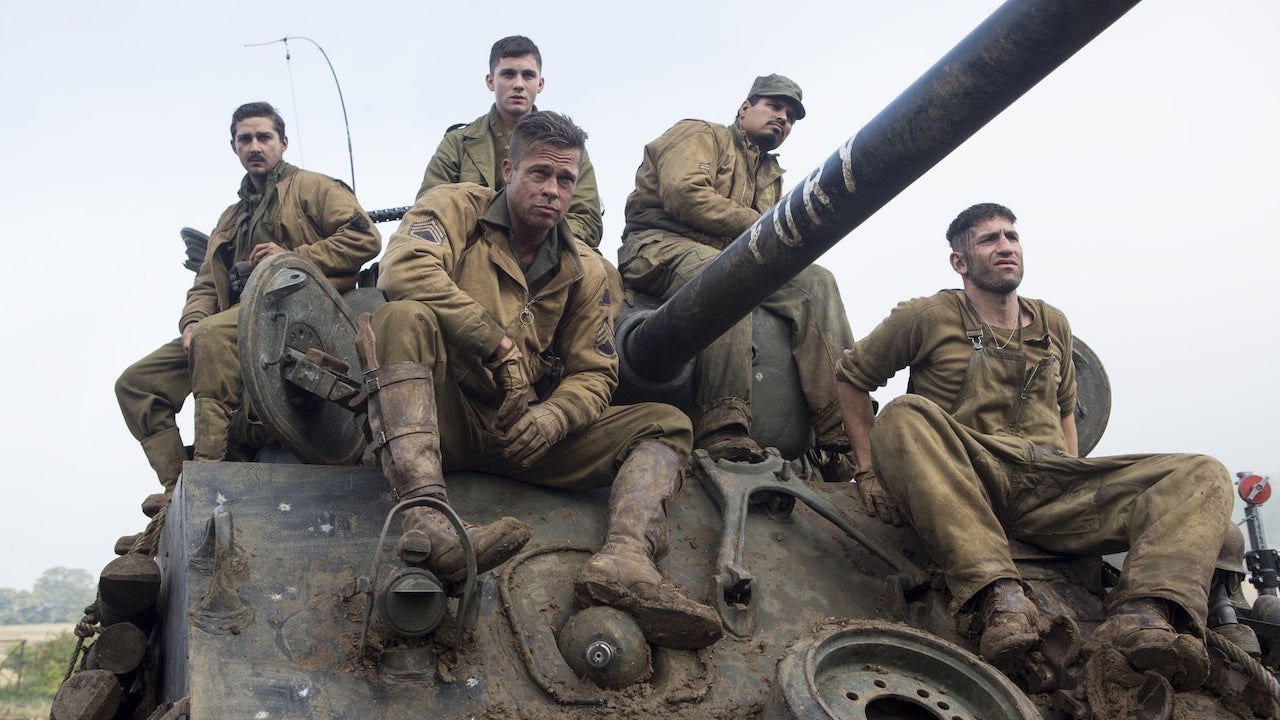
Fury (2014)
David Ayer doesn’t have the best reputation: an okay script (Training Day) and a less-than-okay cop film (End of Watch) led to the back-to-back disasters of Suicide Squad and Bright. None of that should take away from this truly great film, following a US tank unit in the dying days of WW2, where the brutality between German and Allied forces became maddening. It’s gorgeously shot, the action is visceral and tense, and it’s an unquestionable high point in Ayer’s career.
Before his career stalled with buzzy but poorly received films like Suicide Squad and Bright, David Ayer was on a hot streak. His found-footage cop movie End of Watch in 2012 set him up for this bare-bones masculinity tank squad film, where Brad Pitt leads a brutal mission to purge Germany of the last Nazi squadrons in the dying days of the war. It’s an ugly, explosive, mud-caked fight, and a visceral war film to boot.
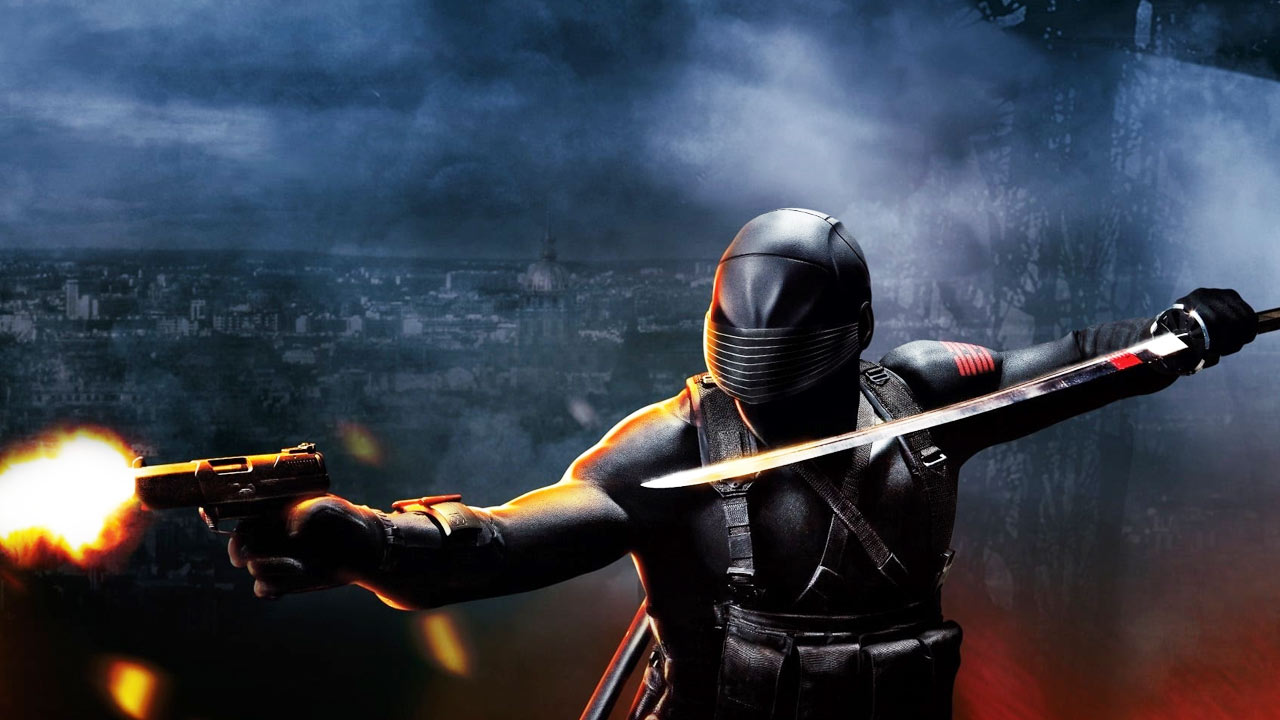
GI Joe: Rise of Cobra (2009)
Shamelessly trying to grab the same success Bay’s Transformers enjoyed two years prior, Rise of Cobra proved you can still have a lot of fun with completely cynical properties—maybe because you can’t ruin the integrity of a toy commercial. With its superpowered agents, superpowered suits, and superpowered silliness, Rise of Cobra has a lot of fun rendering plastic toys in shiny, physics-defying CG. Sometimes it’s a good thing to boast all the intelligence of a child’s play session.
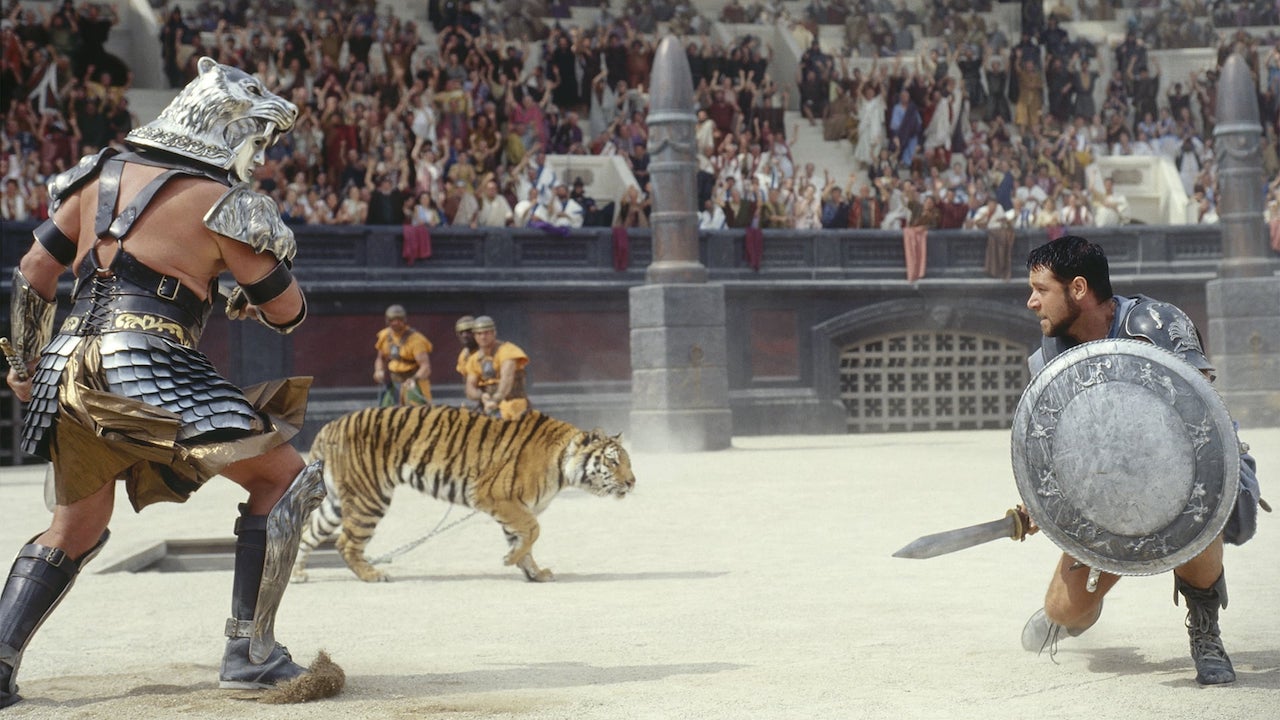
Gladiator (2000)
Sword-and-sandals have never made this many grown men cry. An epoch in Russell Crowe’s career, this epic story of Roman betrayal and redemption gave us as many quotable lines as spectacular fights, when a general is made a slave and must fight for his life in the arena. An especially snivelly Joaquin Phoenix is the foil for the domineering Maximus, and ends up being coaxed into the ring himself. I don’t like your chances, mate…
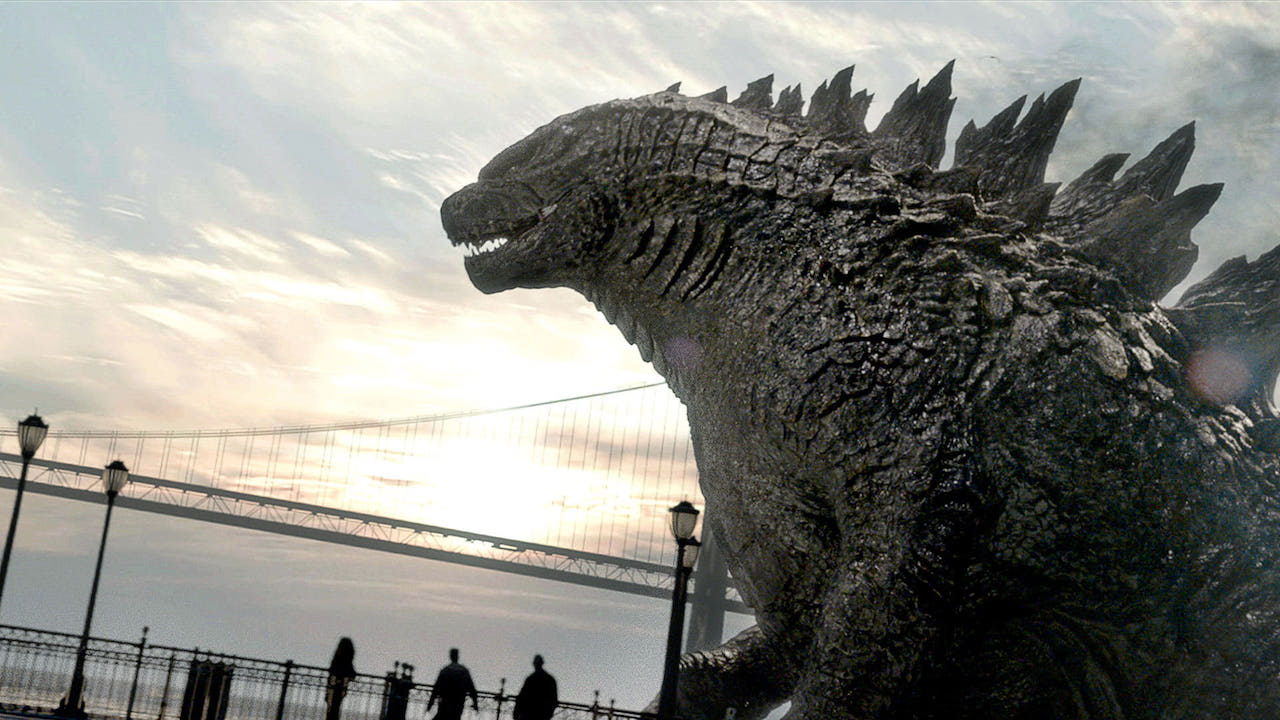
Godzilla (2014)
Gareth Edwards reimagined the classic Toho monster in an apocalyptic fashion, tapping into a very modern awestruck terror whenever the skyscraper-high kaiju is on-screen. That said, it doesn’t happen very often. Edwards’ film focuses on scale, where we quake at the height and power of the king of the monsters—but the few glimpses we get at Godzilla only make the disaster-movie action—and eventual monster brawling—feel titanic in nature. A full-scale, destructive tirade we’re powerless to stop.
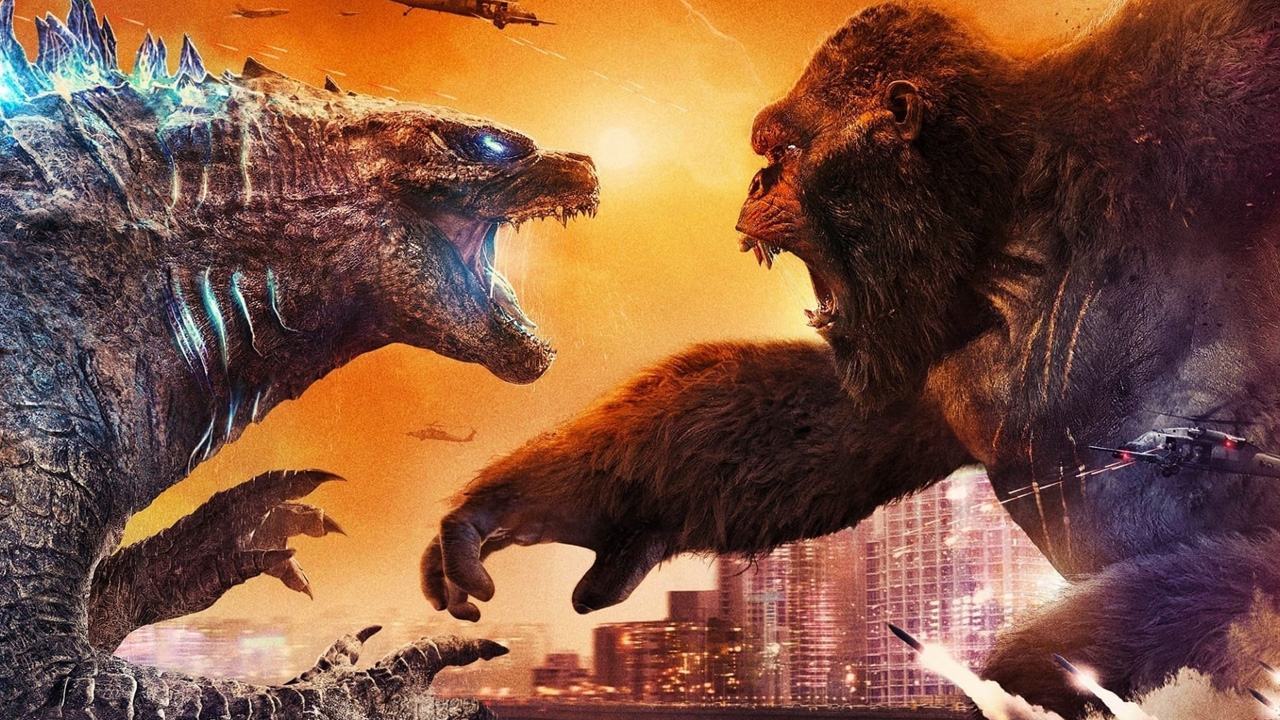
Godzilla vs Kong (2020)
It was 7 years after Legendary’s Godzilla that these two titans actually met and battled—and global cinema closures weren’t enough to stop the world’s biggest monsters from rockin’ and sockin’ each other. Definitely the pulpiest of the MonsterVerse movies, this story of subterranean civilisations and evil organisations wanting to harvest monstrous power packed a hell of a punch with its action sequences, bringing the supercharged fights a much-needed levity and silliness that ultimately made them more memorable.
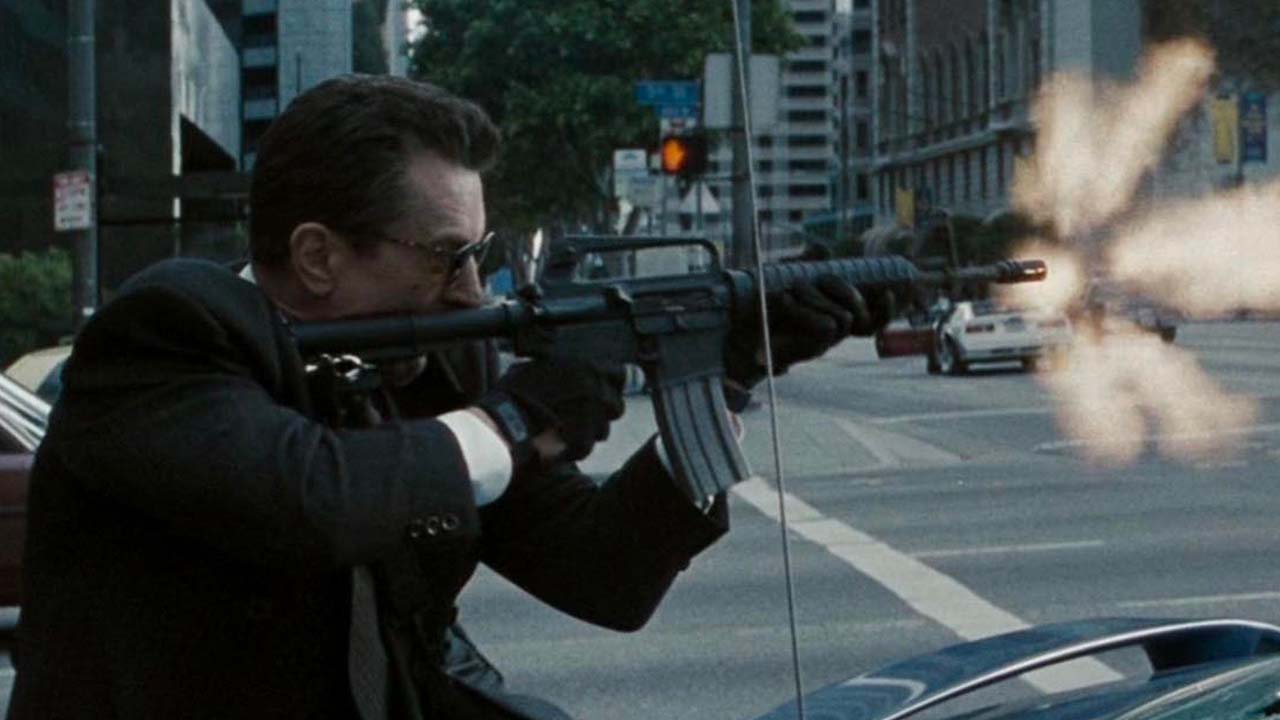
Heat (1995)
Watch on Prime VideoOne of the best neo-noirs around, this cat-and-mouse thriller pits two American acting giants together, where the most exciting scene is just them talking over a diner table. Michael Mann’s magnum opus builds a sweltering LA mood, where the neon nights are ripped open with powerful, destructive bursts of gunfire. A violent, pulse-pounding ode to the real lifeblood of any male-oriented action movie—lonely, burnt-out men who can only communicate through chasing and stealing. Disaffection never felt this exciting.
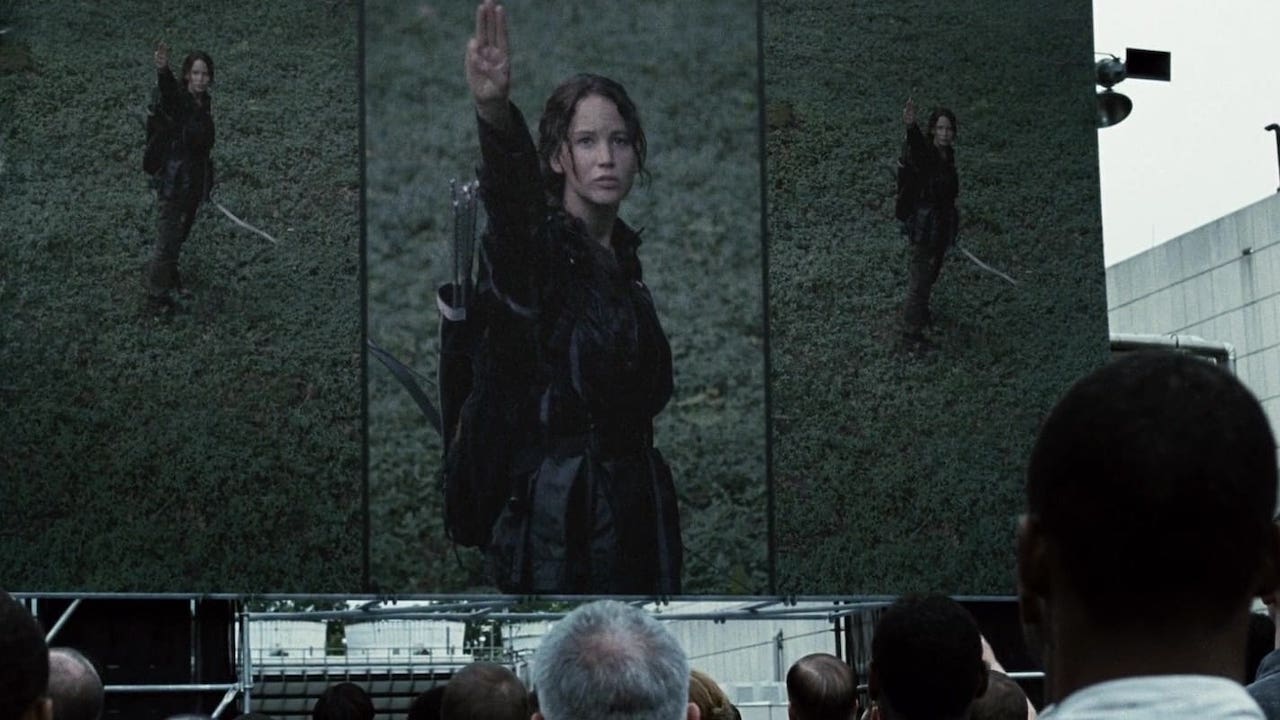
The Hunger Games (2012)
Nearly 11 years ago, a generation of young teenagers became enamoured/traumatised by this saga of Panem and its ritualised child murder. The West’s response to Battle Royale may not be as sharp or brutal, but a brilliant ensemble and excellent world-building means that after we’re dropped into the titular games, we’re on the edge of our seats. While they’re fighting for their lives, have fun pointing out all the kids who are now rising indie stars!
It’s difficult to articulate how fiercely this franchise took the world by storm, and even more impressive that the series holds up today (well, half of it). For a young adult blockbuster, this first instalment kept the budget comparatively low, earning more than nine times back its budget. The action is shot realistically, with handheld cameras capturing the raw, breathless violence that help these teens stay alive, with bows, arrows, cleavers, and, erm, decorative baking all becoming lifesaving assets.

The Hunger Games: Catching Fire (2013)
Even though The Hunger Games remains strong, this follow-up is a highlight of the series, upscaling the scope, drama, and action. A sterling teen introduction to fascist resistance, Catching Fire’s action doesn’t just pack a bigger punch because it has a bigger budget, but because the characters and stakes are much richer, and the excitement doesn’t let up one bit. When it comes time to resist The Capitol, you’ll be jumping out of your seat in excitement.
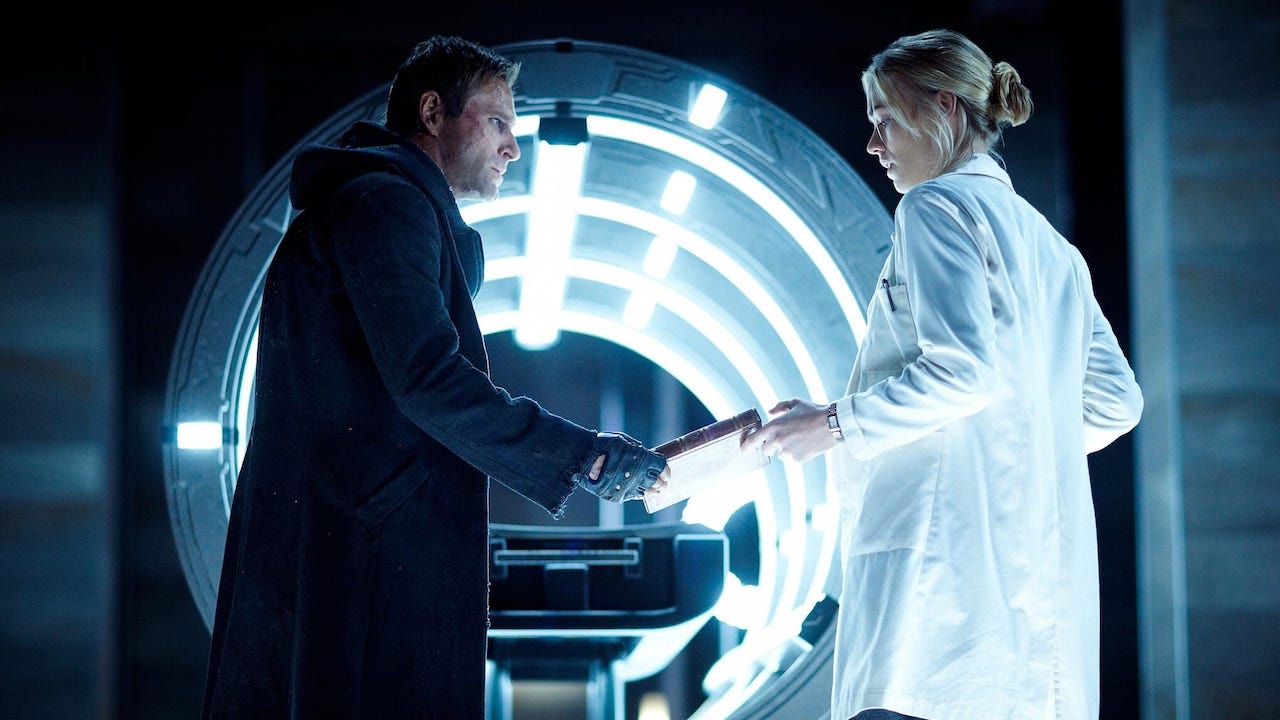
I, Frankenstein (2014)
Sometimes, you’re in the mood for one of those absolute turkeys they dump in cinemas every January. You could do a lot worse than I, Frankenstein, starring Aaron Eckhart as Frankenstein’s monster who gets embroiled in a war between different gargoyle factions. The action is just as overblown and ridiculous as one would expect, successfully scratching that itch for blunt stupidity, hammy acting (thanks to Bill Nighy), and a pinch of gothic fantasy.
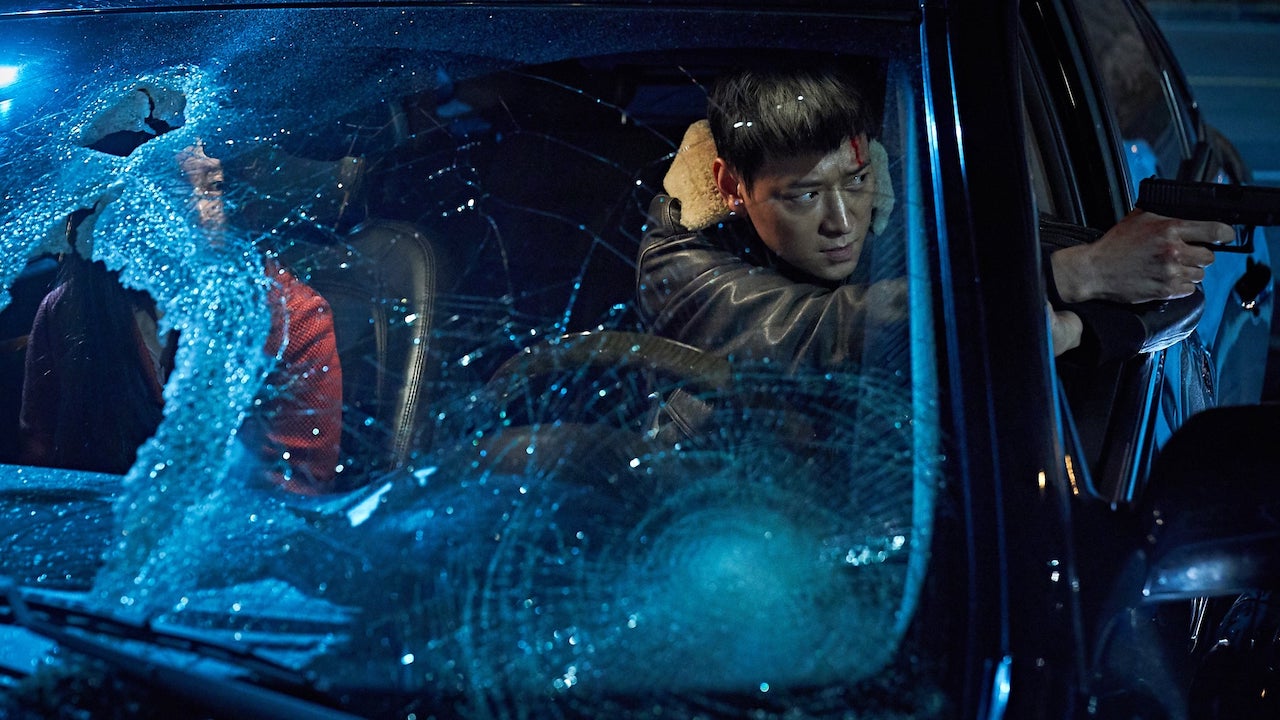
Illang: The Wolf Brigade (2018)
Kim Jee-woon is lesser known for his one Hollywood production (the Arnie vehicle The Last Stand) and better known for his brutal and slickly made Korean efforts. Adapted from a Japanese anime (itself based on a long-running manga), Illang imagines a reunified Korea, and all the traitorous, fascist espionage that comes from it. Militarised supersoldier cops make for some thundering, explosive action in a film that, even if it doesn’t match Kim’s best output, keeps you hooked throughout.
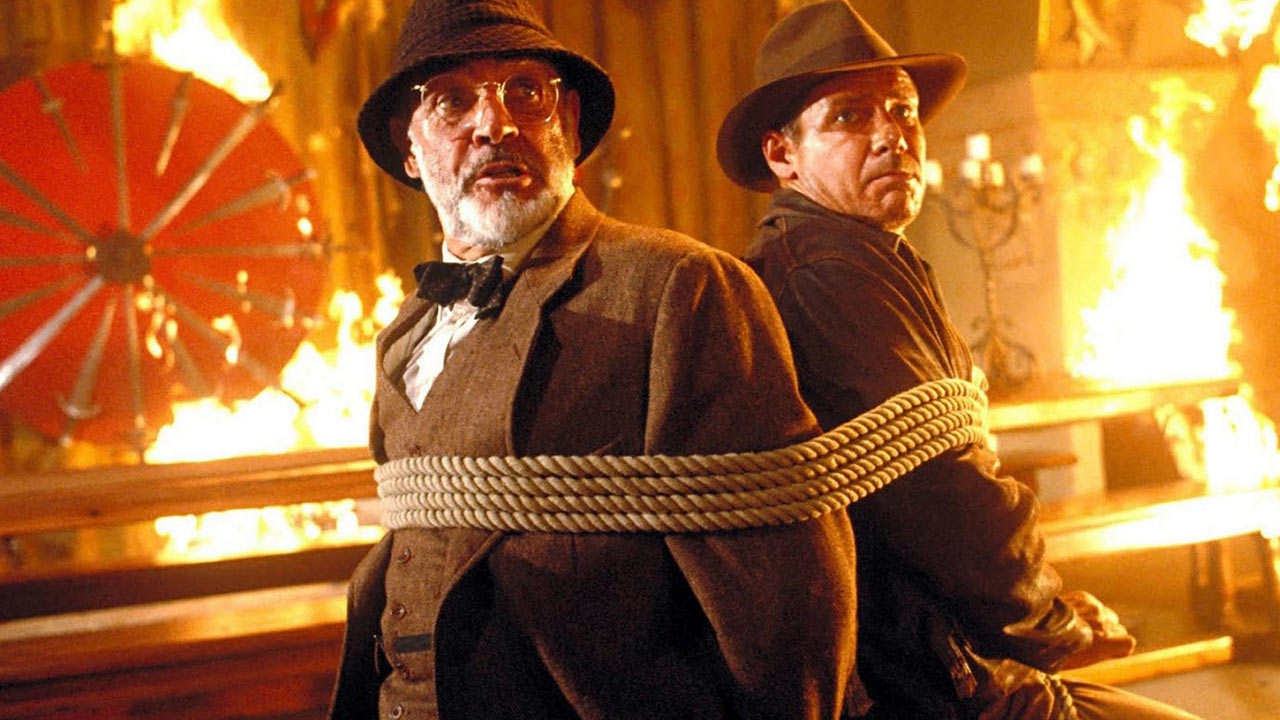
Indiana Jones and the Last Crusade (1989)
For what he thought would be Indiana’s final outing, Spielberg returned to what worked the first time—Nazis obsessed with Biblical mysticism. This time, he added the secret ingredient of Sean Connery, dialling up the comedy in both the dialogue and the action. A lot of stunts and setpieces descend into comic mayhem, and the cast is incredibly capable of balancing the gravitas of the stakes and how utterly out of their depth they are. Ride into the sunset, Indy!
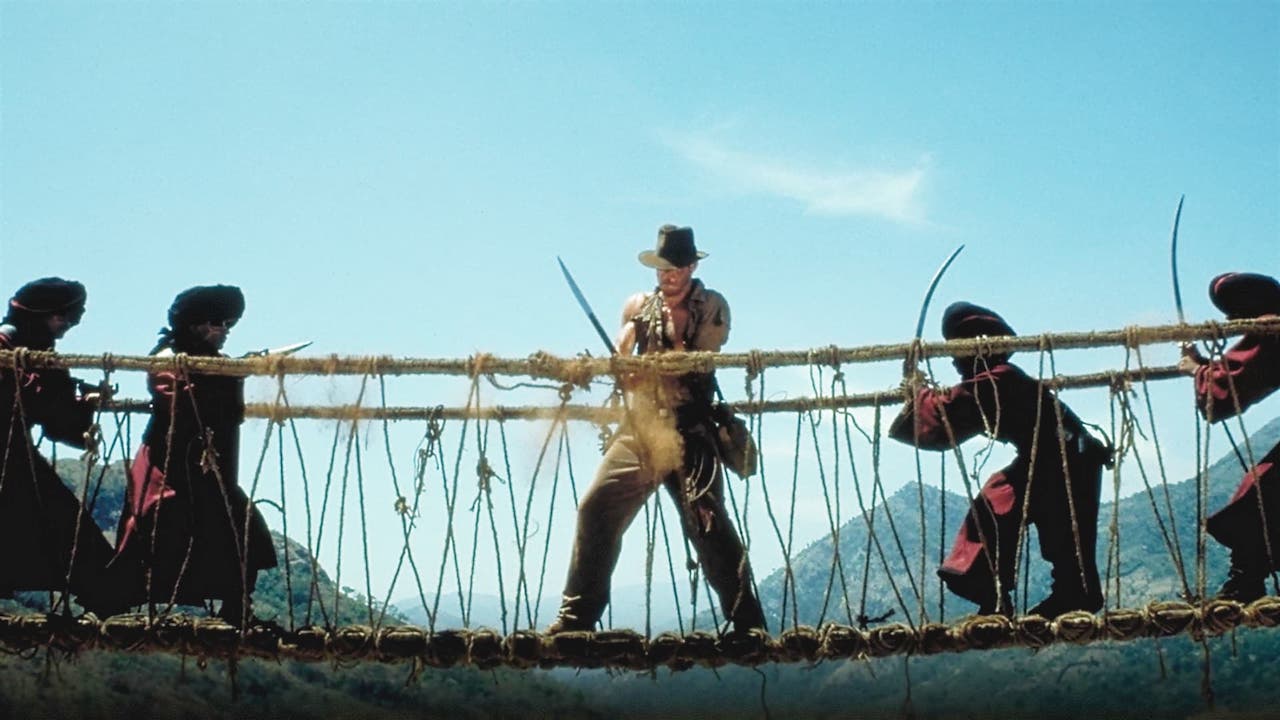
Indiana Jones and the Temple of Doom (1984)
Where do you go after a massively successful adventure? Do you immediately jump the shark? It doesn’t matter if you think the answer is “no”, it’s what Spielberg did for his Raiders follow-up. Temple has aged the worst on account of some queasy racial portrayals (even if they’re meant to be satirical of old serials, it’s still uncomfortable) but the heightened stakes make for some crazy action set pieces that showed Spielberg’s capability for working on a bigger canvas.
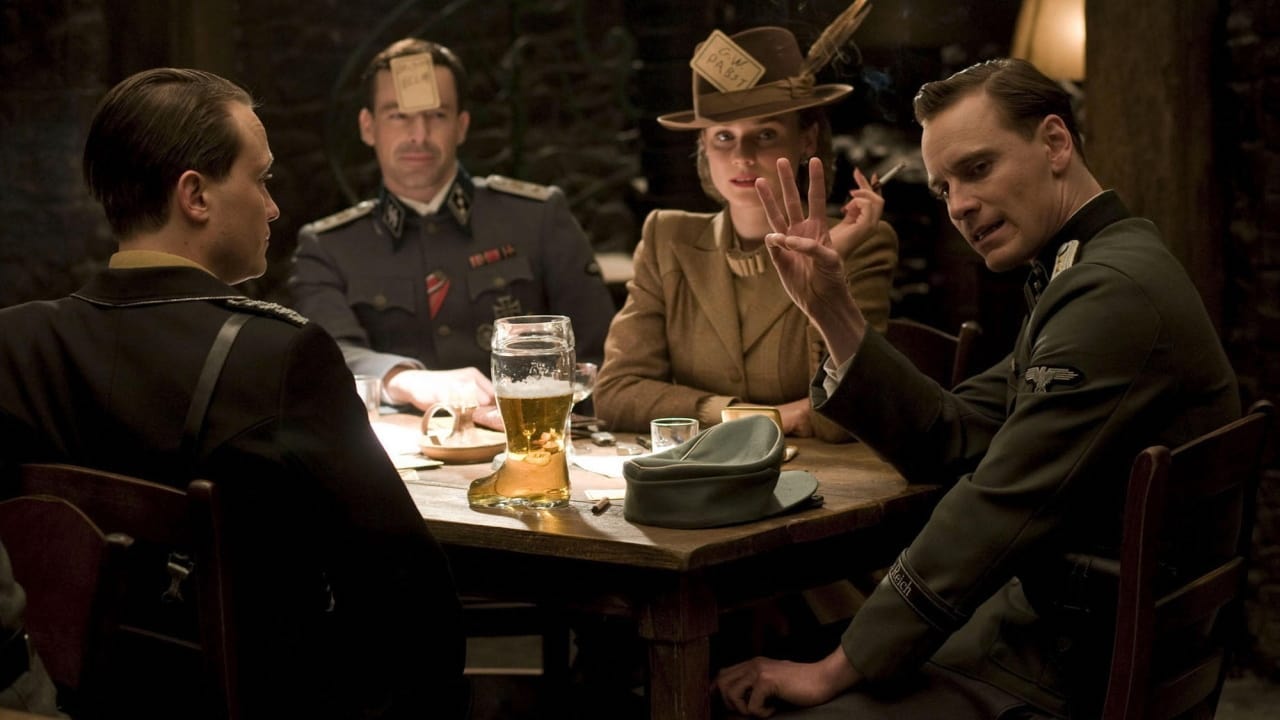
Inglourious Basterds (2009)
One of Tarantino’s greatest exercises in tension and pure fun, the director shreds a historic amount of Nazis in ripping gunfire and fiery tornadoes. Famous for its excruciatingly tense opening sequence (where we meet the captivating and horrible Hans Landa played by Oscar-winning Christoph Waltz), this film only gets bigger and better with its WW2 guerilla resistance film. Tarantino argues there’s only one good way to dispatch a fascist: very, very violently.
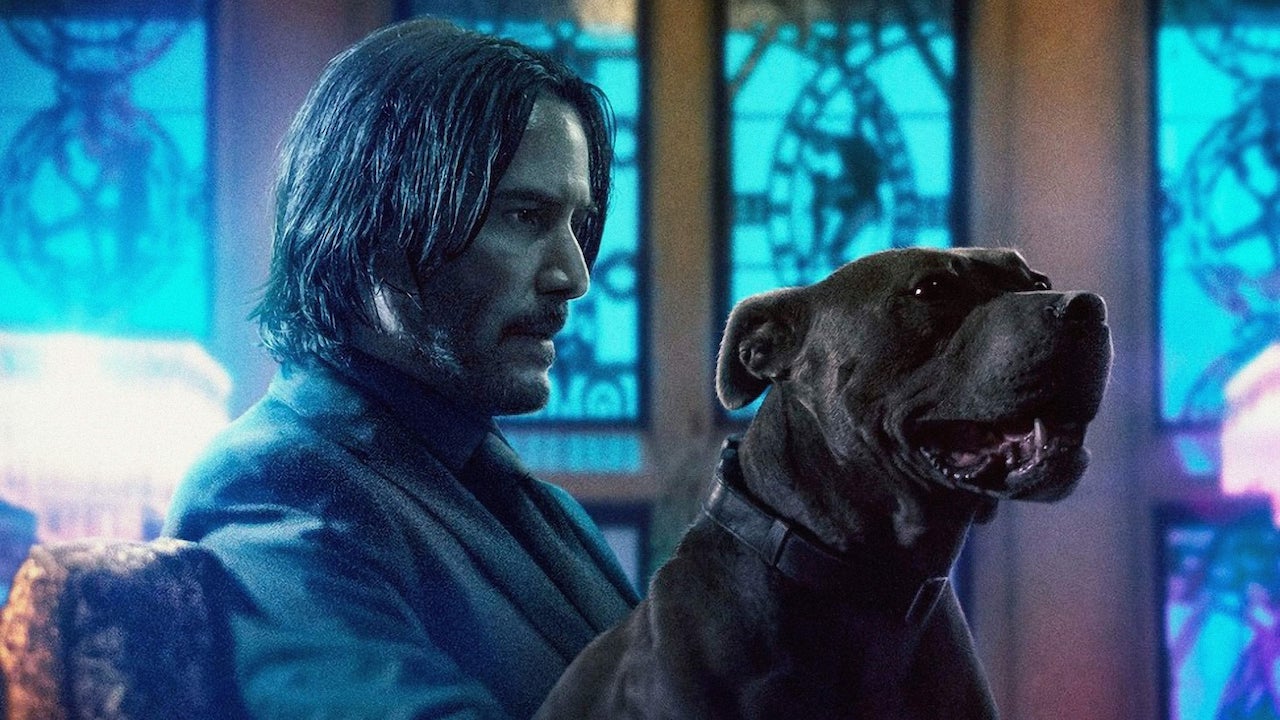
John Wick: Chapter 3 – Parabellum (2019)
You know it’s a good franchise when even the weakest entry is one of the most pulse-pounding and kinetic action films of the decade. Picking up seconds after the previous film, our titular world-famous assassin has every killer-on-hire looking for a big payday on his tail, taking him across the world to avoid being killed by Tony Jaa and the fellas from The Raid, even if everyone he meets has to admit they’re huge fans of the Keanu Reeves character.
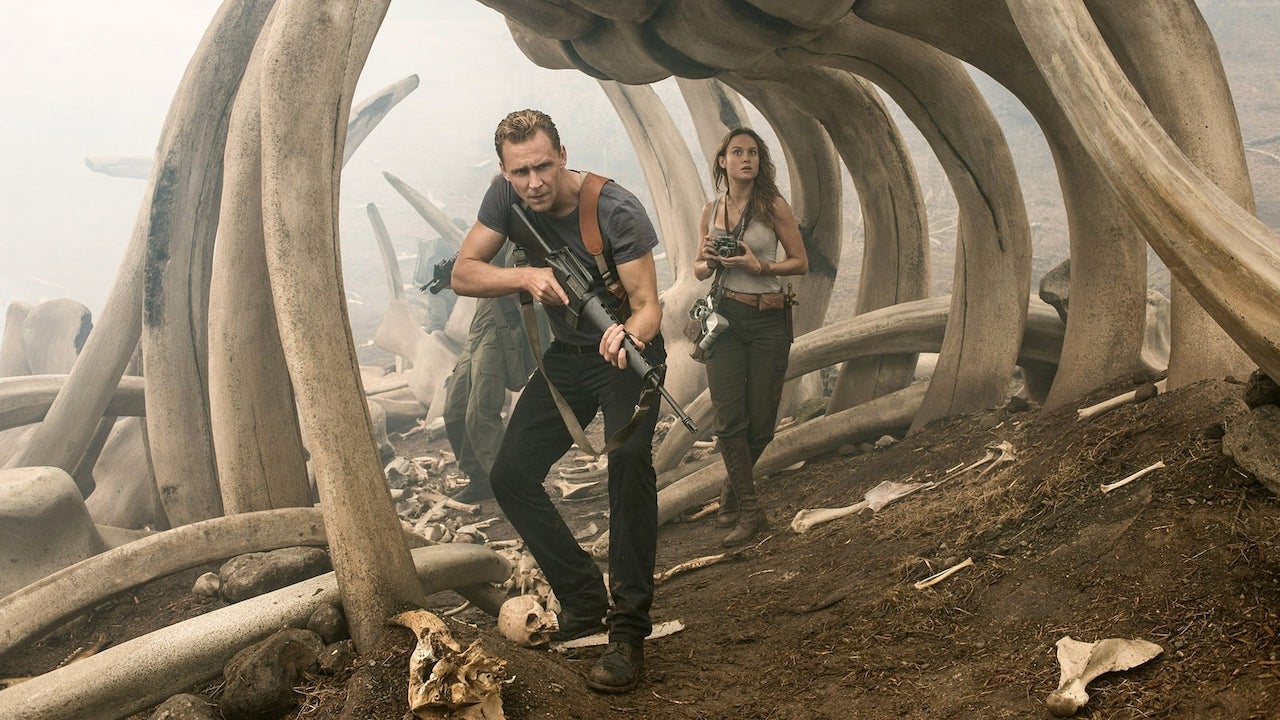
Kong: Skull Island (2017)
For Legendary’s MonsterVerse, the eighth wonder of the world was given a modern update—well, modern-ish, setting the film half a century on from his 1930s debut at the close of the Vietnam War. Apocalypse Now and Cannibal Holocaust were cited as inspirations, and while Skull Island doesn’t offer those films’ grisly brutality or existential dread, it’s an excellent way to revitalise a nearly century-old character. The action is thundering, mean-spirited, and a great deal of fun.
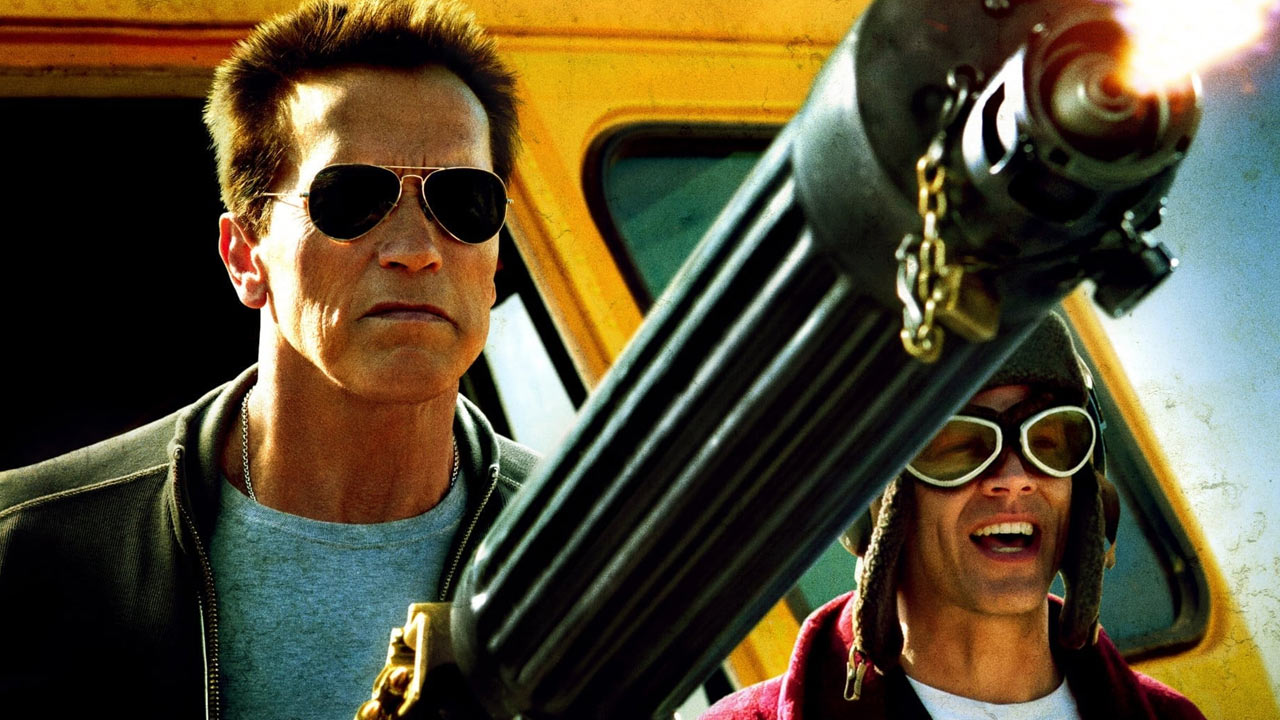
The Last Stand (2013)
2013 marked several Korean genre filmmakers making big English-language debuts, but The Last Stand is certainly no Snowpiercer or Stoker, that’s for sure. Still, director Kim Jee-woon did one thing his peers didn’t—brought Arnold Schwarzenegger back to starring in pulpy action films. Arnie is a sheriff whose small town is in the way of a fleeing cartel fugitive—and he’s not happy letting anyone pass through.
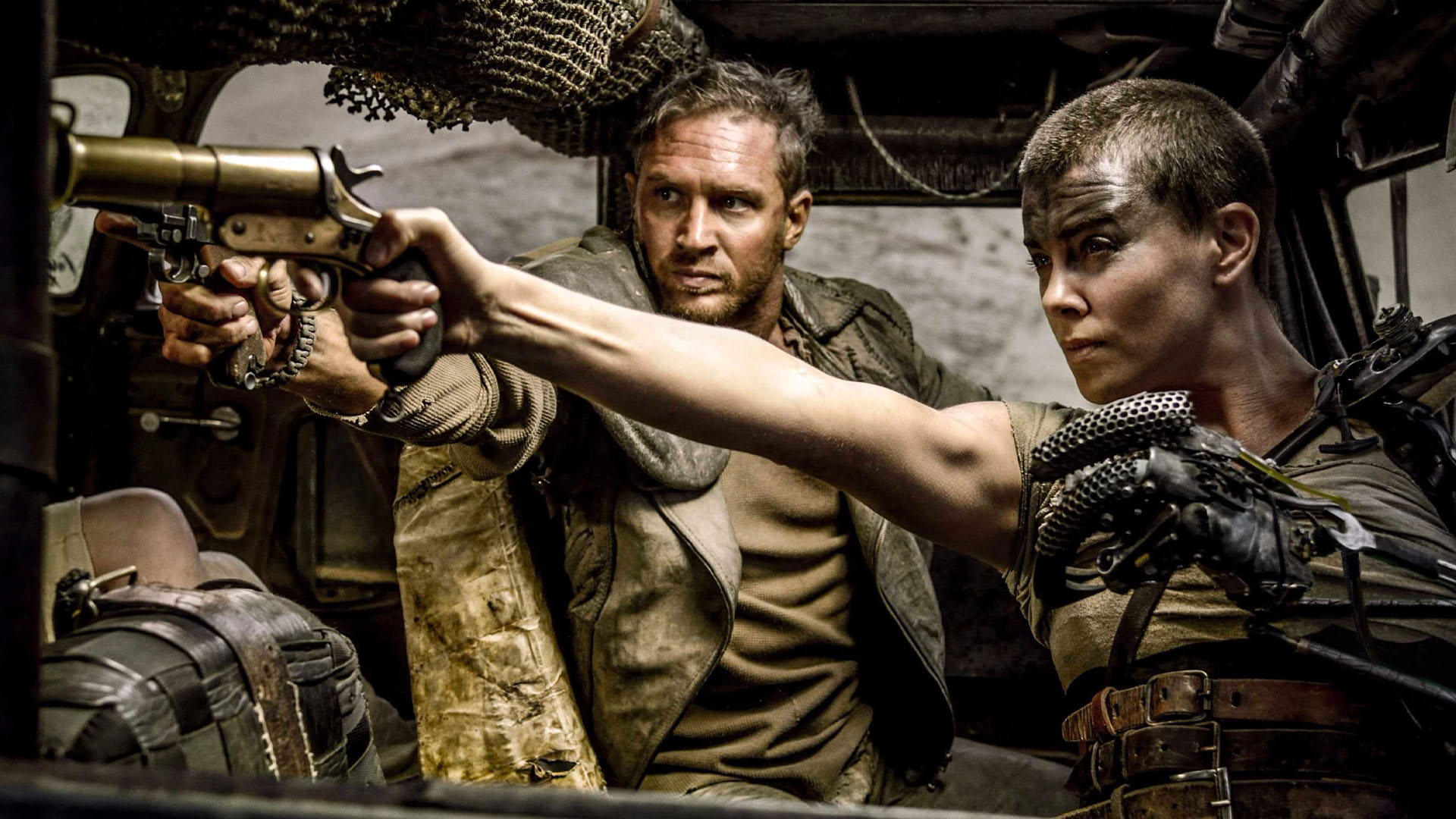
Mad Max: Fury Road (2015)
A propulsive, metal, and entirely rad action vehicle (ha!) that would intimidate any young director—so props to 70 year old George Miller for realising his decades-long vision of what a Mad Max film was capable of. It’s operatic, white-knuckle adrenaline that whittles its characters down to raw nerves and keeps its story literally streamlined along a stretch of road—and piles on some of the most jaw-dropping spectacle for good measure.
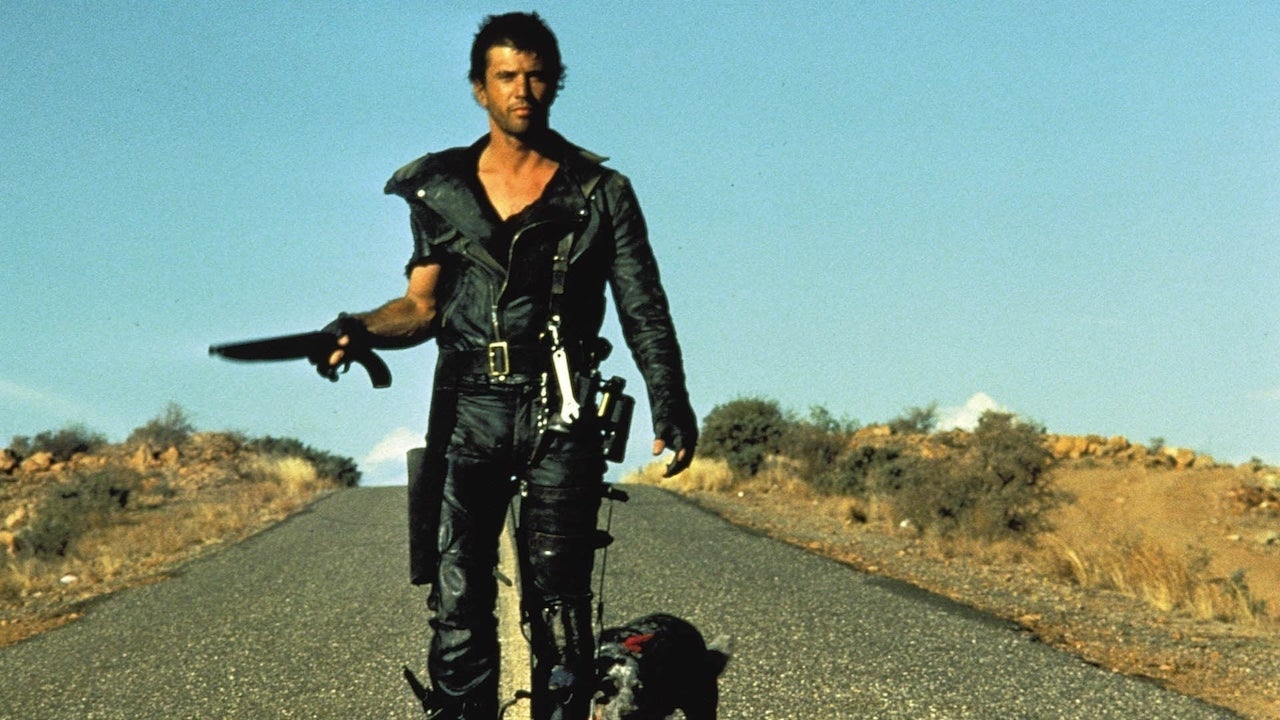
Mad Max: The Road Warrior (1981)
Often, young people will watch action, horror, or comedy movies described by prior generations as the best of their genre, only to be let down by how tame they feel compared to today’s fare. You won’t have that problem with The Road Warrior, an era-defining post-apocalypse sequel that found an audience with a generation who didn’t even know there was a first Mad Max. It’s a lethal injection of pure dust-clouds and gasoline.
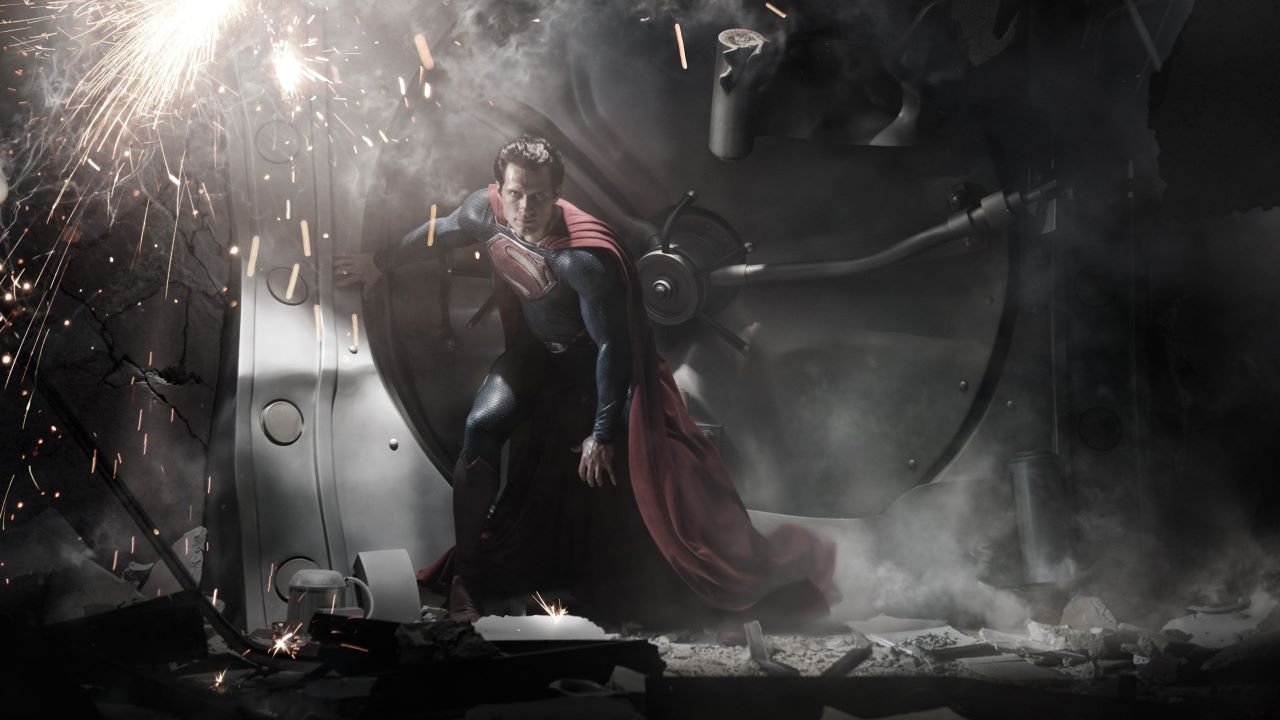
Man of Steel (2013)
Ten years on from this Superman reimagining, you can’t blame 2013 audiences for not predicting how wild and culture-shifting the SnyderVerse would go on to be. The DCEU may have dug its own grave, but there’s something still graceful and poetic about Snyder’s Man of Steel, in between the earth-shattering metahuman chaos. An imaginative, propulsive, and impactful reminder why everyone involved in this unique superhero film deserved better down the road.
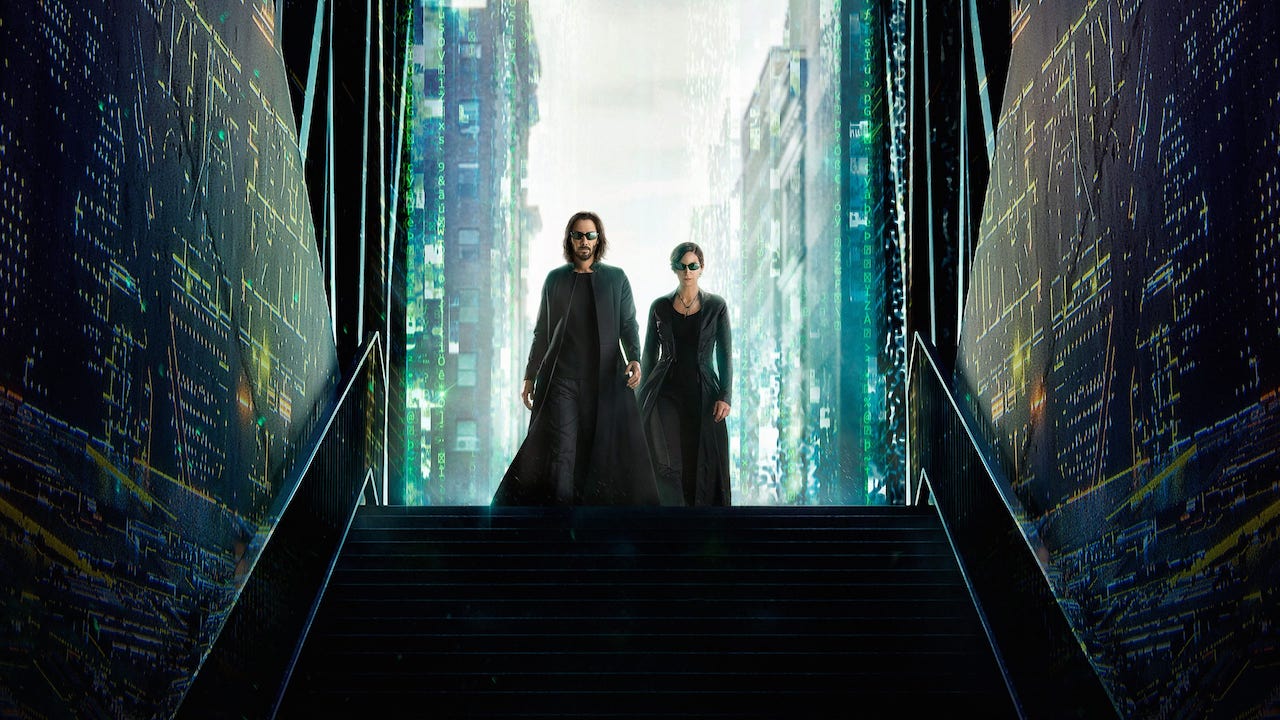
The Matrix Resurrections (2021)
Including the film with the weakest action in the entire series may seem counterintuitive, but there simply is no other franchise film willing to engage with its own action legacy as this long-awaited follow-up from Lana Wachowski. Neo and Trinity are back in a new simulation that mirrors our own myopic entertainment culture, and with every stunning slo-mo eruption and dazzlingly rendered futurescape, you’re moved that an action film this thoughtful was given such a high budget.
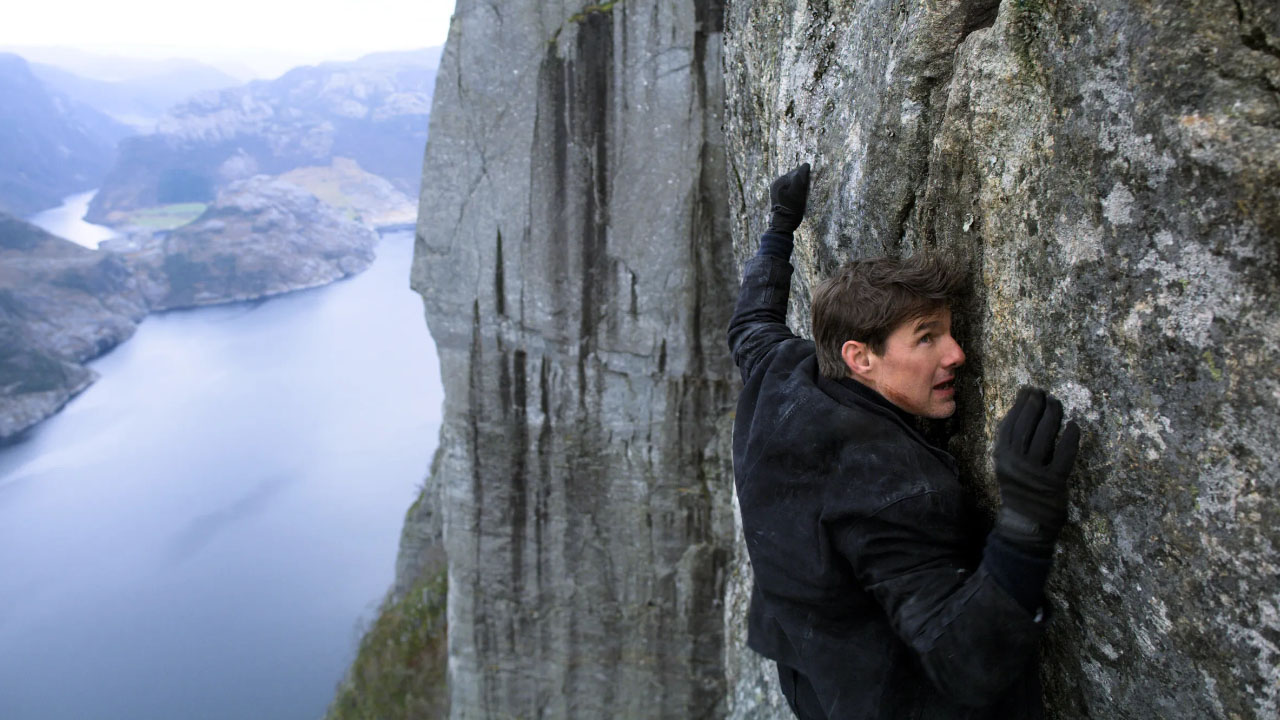
Mission: Impossible – Fallout (2018)
They call it Mission: Impossible – Fallout because Tom Cruise falls out of a plane. This sixth instalment made it loud and clear that the only way was up for the series, with director Christopher McQuarrie and Tom Cruise consolidating their movie-making powers to deliver non-stop thrill rides that bring you to the edge of your seat and then some. There’s something to ignite long-dormant phobias for everyone amongst this variety of adrenaline-chasing stunts.
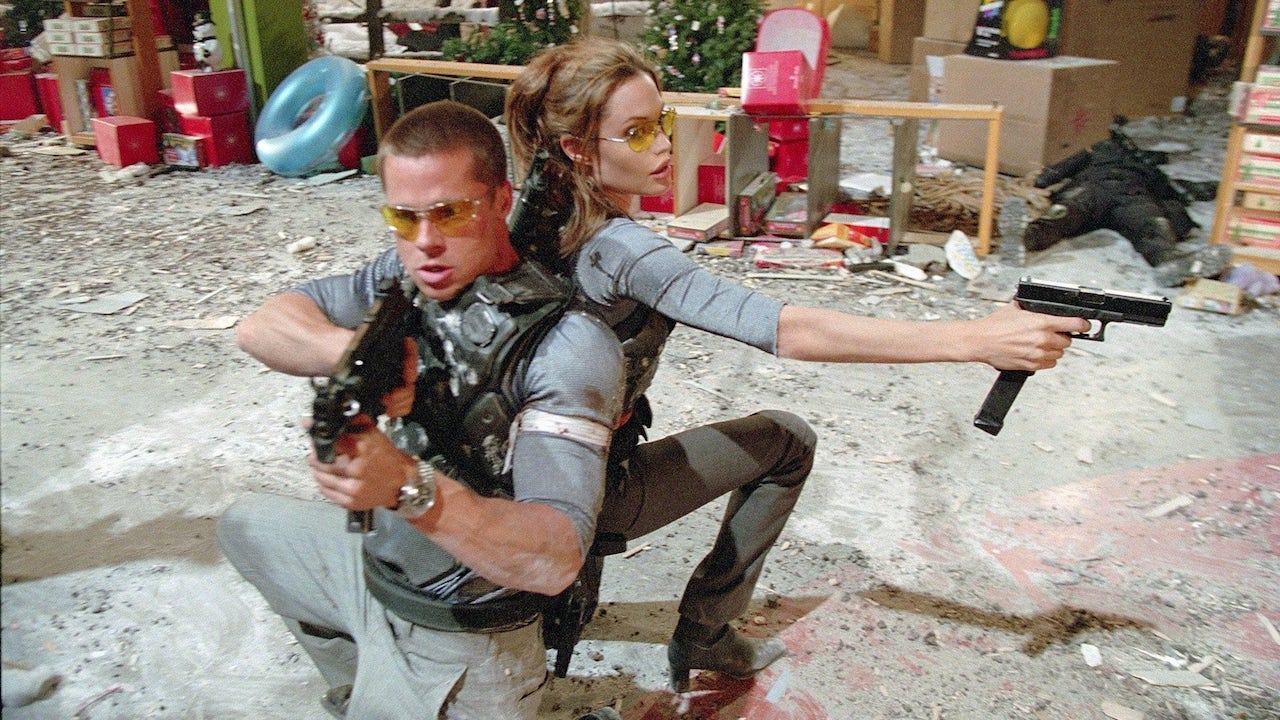
Mr & Mrs Smith (2005)
It’s hard to imagine two action stars capable of this much sizzling chemistry today—although comedians Maya Erskine and Donald Glover will soon put it to the test in the Prime Video series remake. Director Doug Liman makes multiple appearances on this list for good reason—he’s an outlier in Hollywood directors who are able to stage smart, cool, impactful action scenes, and in setting the stage for Brangelina, this action-comedy remembers to pack wit and sexiness as well.
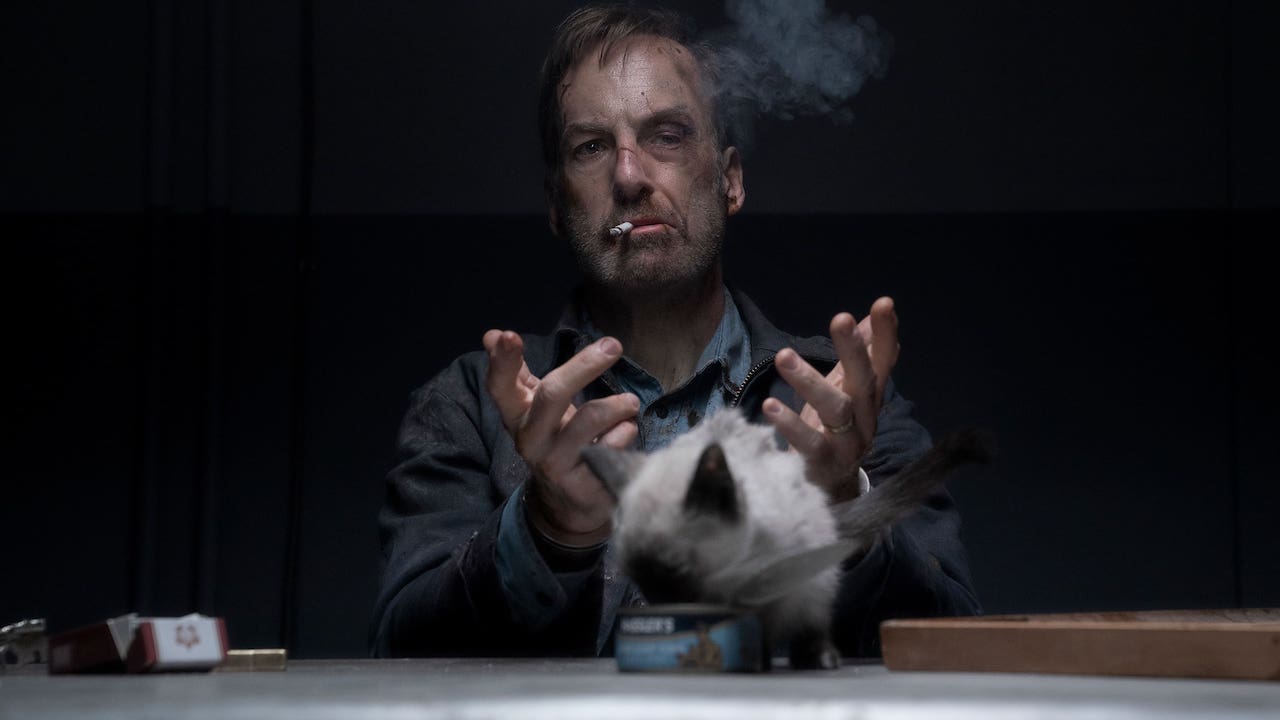
Nobody (2020)
Ever wondered how they could have shaken up Better Call Saul late in the game? We don’t have to imagine thanks to Nobody, the tightly choreographed brawler starring Bob Odenkirk as a pencil-pusher who knows how to punch. Clearly coasting on the still-strong passion for John Wick-style stunt work, Nobody gets a lot of credit for its fight sequences. Hardcore Henry director Ilya Naishuller is smart enough to know that our average hero needs to take a lot of hits.
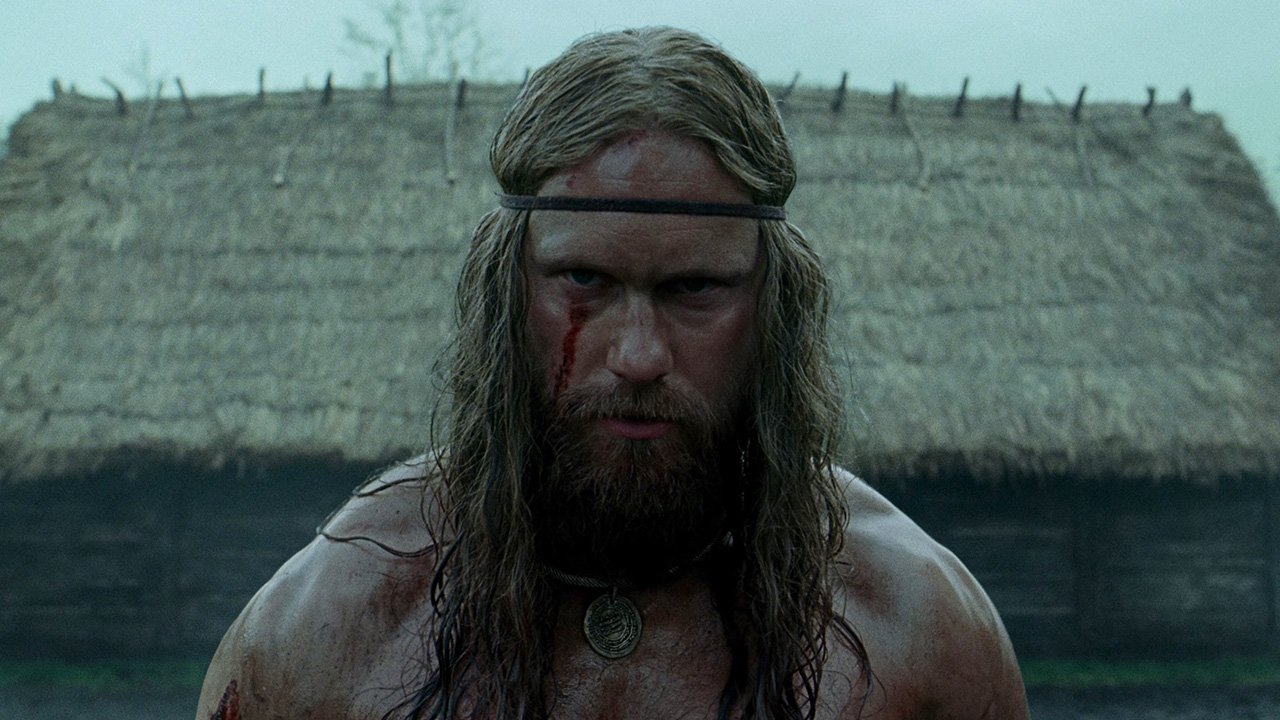
The Northman (2022)
Robert Eggers’ biggest budget and longest film may not have attracted a lot of audiences, but it rewarded loyal fans with a visceral, primal story of lost princes and unwavering revenge. Alexander Skarsgard is a proto-Hamlet who, after fleeing his kingdom, must shed blood and humanity in order to retrieve it. The fights scale from a chaotic village sieges to a mano a mano atop a burning volcano—the kind of film that brings out a warcry in you.
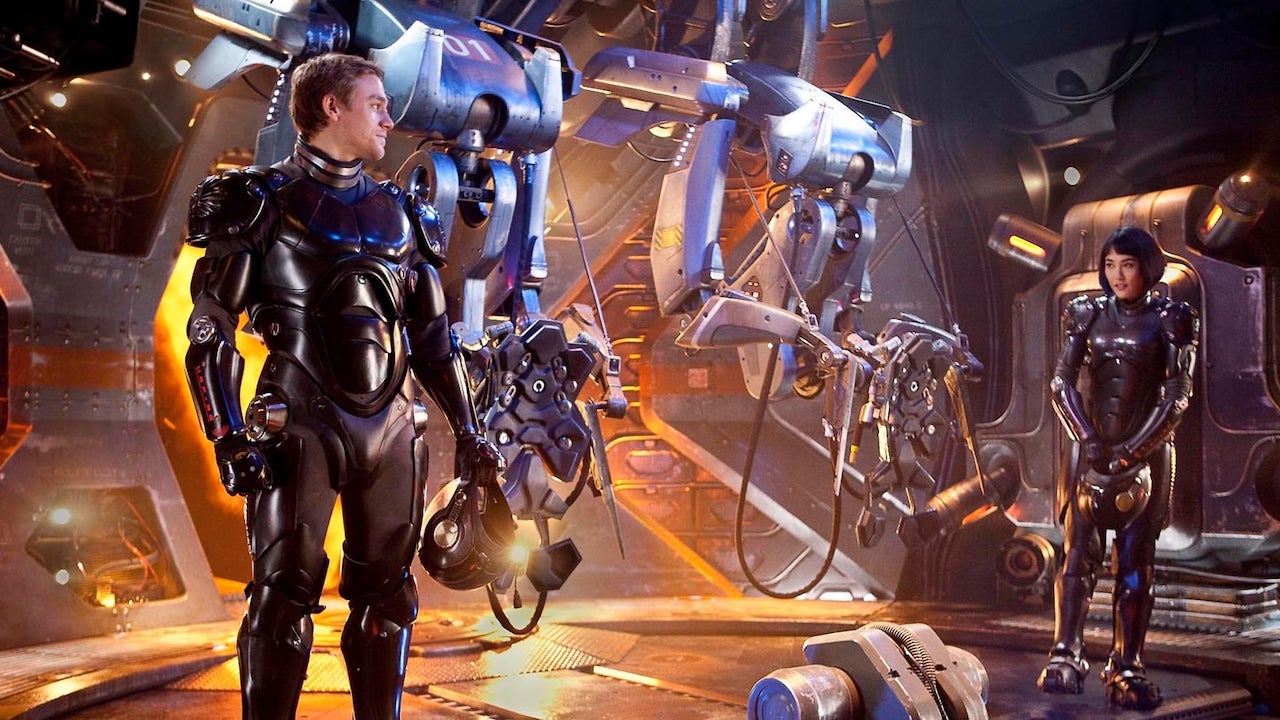
Pacific Rim (2013)
Not one of Del Toro’s comic book adaptations, but it certainly gives that vibe—Pacific Rim may be the best fan film ever made. An ode to gundam and kaiju anime and manga, this film puts all American monster brawl movies to shame—Del Toro balances showing every weighted, gear-shifting robot mechanism and indulging in the delirious joy of watching massive critters sock each other. His enthusiasm is infectious—prepare to feel like a wide-eyed kid again.
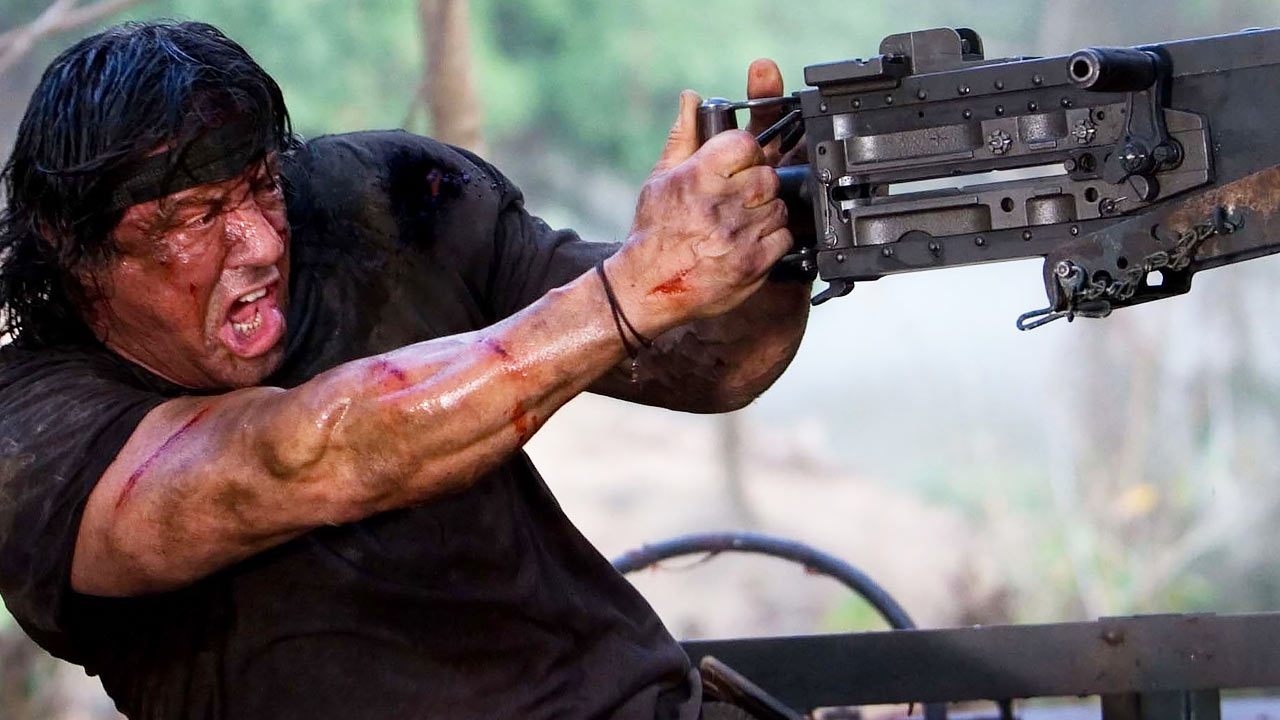
Rambo (2008)
Two years after directing himself as an ageing boxer in Rocky Balboa, Sylvester Stallone took a much less motivational route with Rambo, where the First Blood traumatised mercenary takes on a ruthless infantry in Thailand to great effect, racking up a jaw-dropping kill count in the process. If you’ve ever secretly fostered a desire to see limbs and appendages detached from bodies on an industrial scale, this is the film for you. Just maybe keep it to yourself.
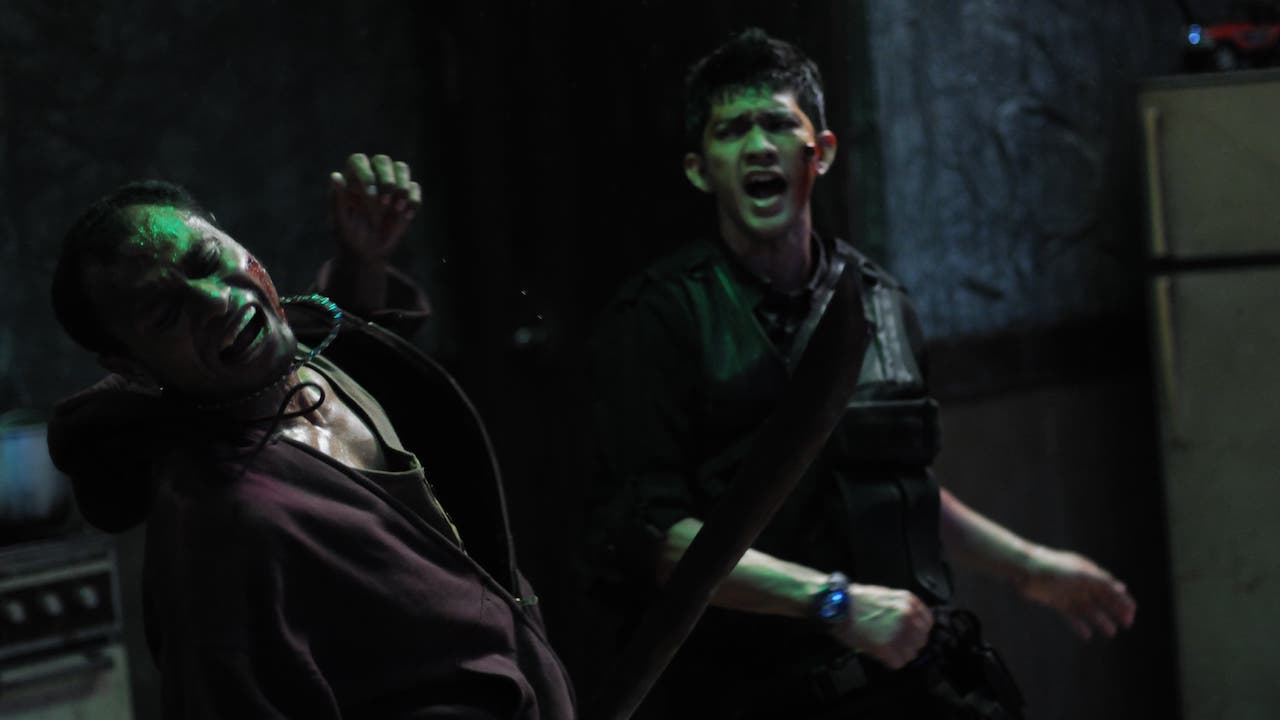
The Raid (2011)
Here’s the pitch: there’s baddies at the top of the building, and you (a badass martial artist) enter at the bottom. There’s also a million other baddies trying to kill you all the way up, but try not to focus on that. The Raid is the result of a collaboration between an insanely talented Indonesian stunt team and Welsh director Gareth Evans, and is the most brutal and bone-crunching brawl movie of this century: a guttural scream of a film.
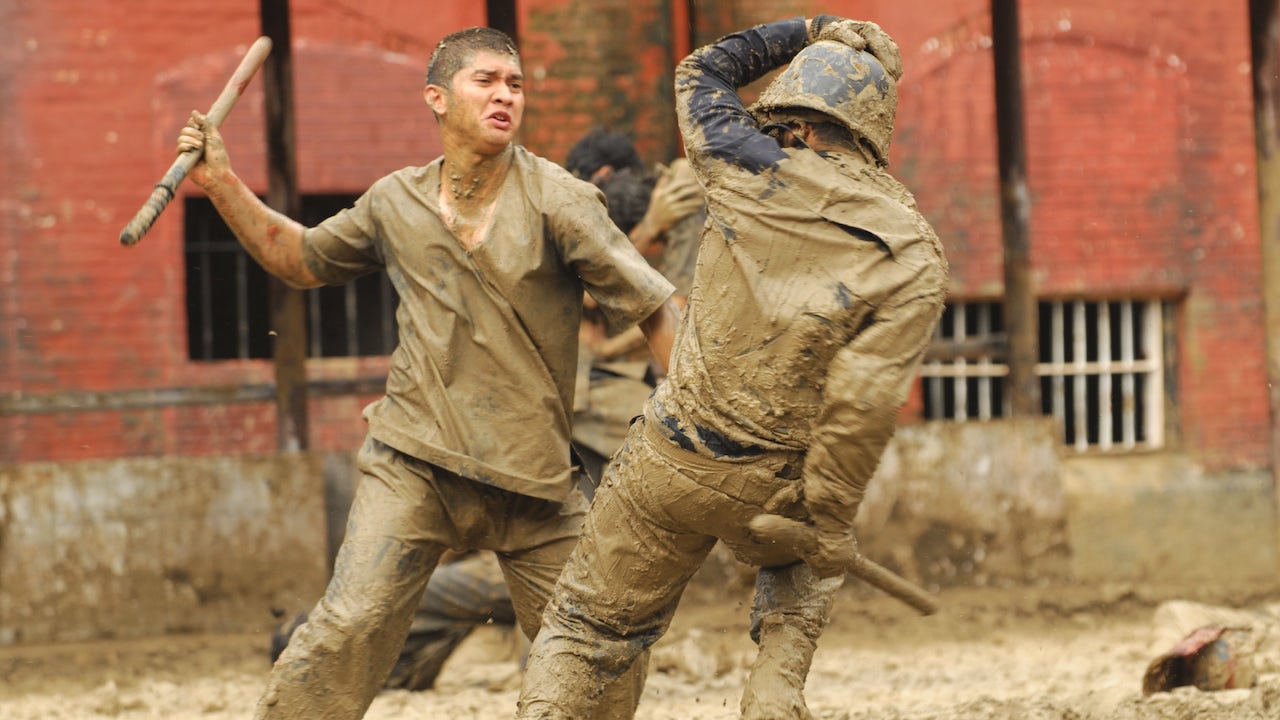
The Raid 2 (2014)
Originally what Gareth Evans wanted to do with the first film, his sequel expanded the scope of The Raid tenfold. Our main character is the same (even though Evans finds a way to bring back the actors who played different/dead characters in the first one), but we’re plunged into a deep-cover thriller packed with extreme, and some of the best choreographed fights in recent memory. Don’t baulk at the runtime: the larger story makes for a powerfully cathartic pay-off.
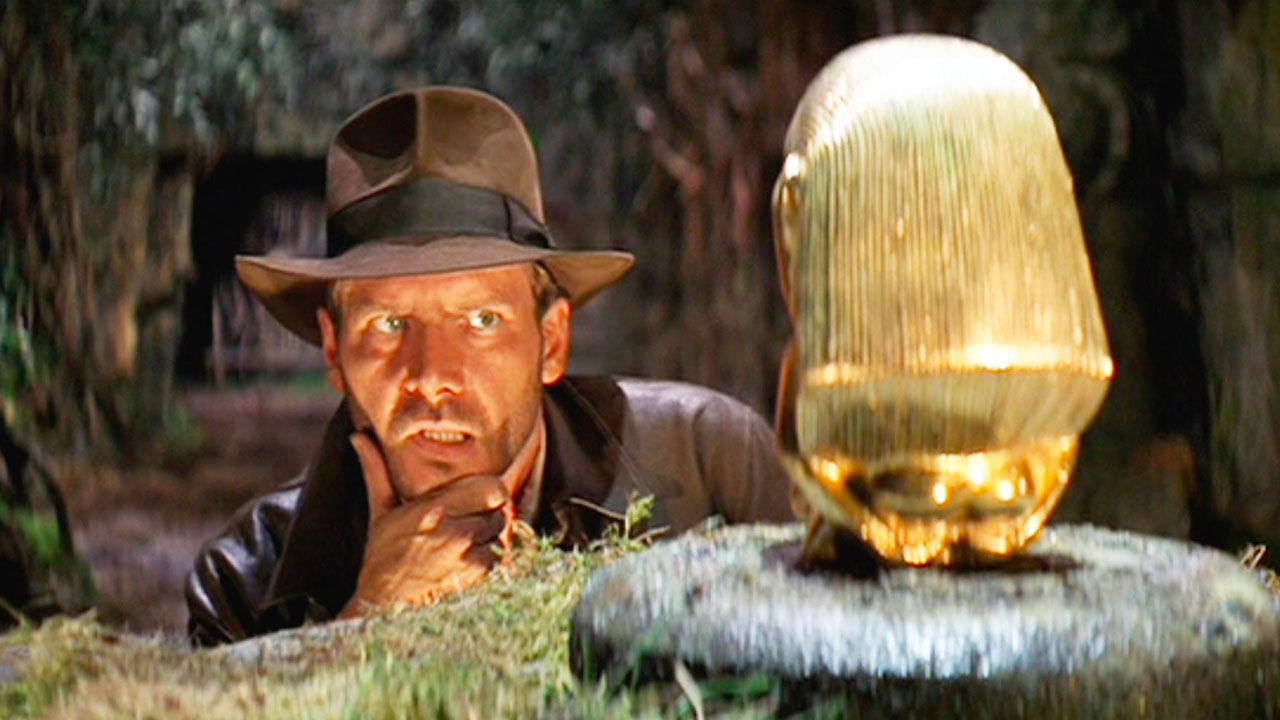
Raiders of the Lost Ark (1981)
A few years after starring in George Lucas’ childhood fantasies brought to life, Harrison Ford took centre stage in Steven Spielberg’s love for adventure serials. Indiana Jones is part buff jungle hero, part nebbish academic, and there’s no movie star better than Ford to showcase both facets of the character. Along with a swelling score and a never-more-dynamic Spielberg camera, this Old Testament treasure quest is packed with powerful punches and flying bodies—and made a new character instantly iconic.

Rambo (2008)
Sylvester Stallone probably spent the 2000s thinking, “have I still got it?” and decided to make the most bloody and violent Rambo movie to date to alleviate his fears. Regardless if it worked, it’s an absolute treat for action diehards—Rambo goes off the chain in this Burmese-set mission that ends up badly for the entire army that he faces. It’s very stripped back, boasting an obvious digital sheen, but they did not skimp on fake blood and prosthetic limbs.
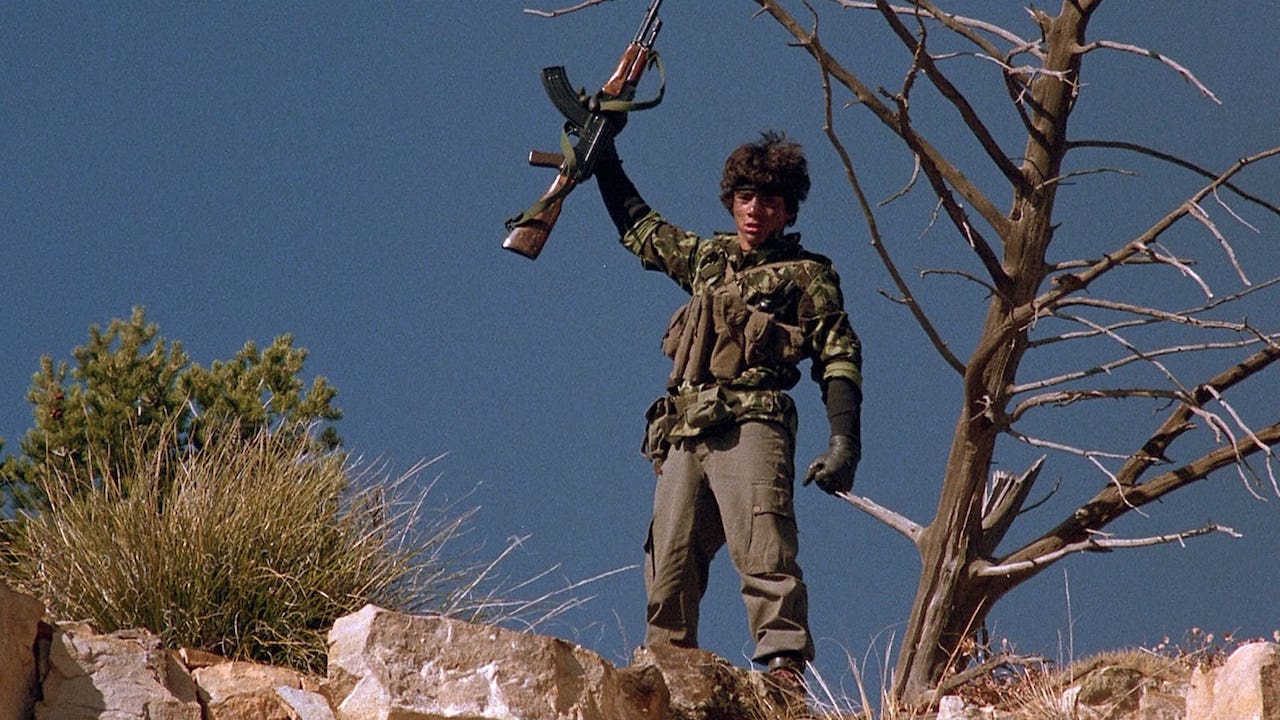
Red Dawn (1984)
The first film to ever release with a PG-13 rating, this film imagines a communist invasion of America being fought back by young guerilla fighters—giving a whole generation of Reagan-era teens a nice dose of violent, patriotic wish fulfilment. The lacklustre 2012 remake makes us appreciate the charm and sentimentality of this 80s action pic even more—and not just because Chris Hemsworth has nothing on Patrick Swayze. An exciting flashback to the action fantasies of past America.
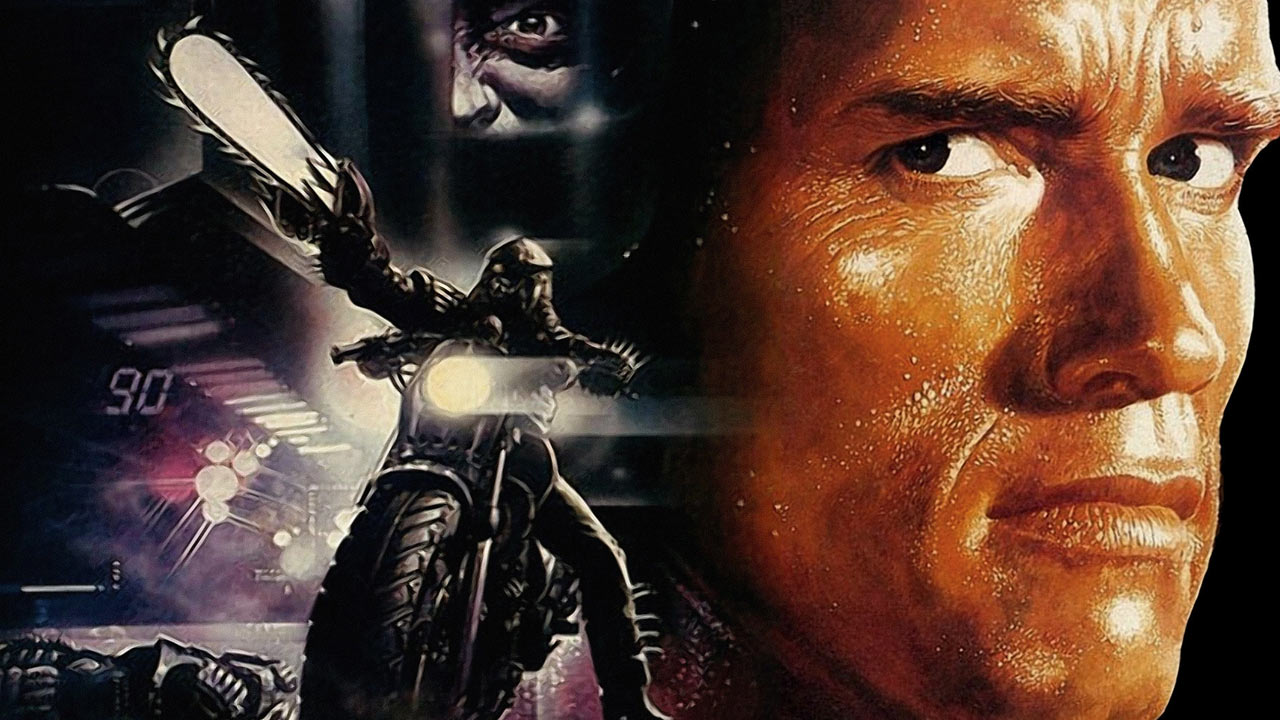
The Running Man (1987)
This schlocky B-movie is elevated by a suitably outrageous Arnold Schwarzenegger performance as a convict who has to compete in televised gladiatorial combat. It’s part-Rollerball, part-Death Race 2000, all cheese—with more Arnie one-liners than you know what to do with. He packs the heat against all sorts of ridiculous enemies, and even though Predator took the most glory when both films were released in 1987, there’s a lot of glorious fun to be had in this satiric, dystopian blow-out.

Sicario (2015)
Before alien visitors, replicant mysteries, and worm-riding prophets, Denis Villeneuve concerned himself with more earthly matters. His last non-sci-fi film was Sicario, a Mexican cartel thriller about the mutability of borders and the way they affect moral authority. Emily Blunt stars as an unswayable agent opposite Josh Brolin (a perfect updating of the frontier lawman) and a mercurial Benicio Del Toro in a film filled with the tightly crafted tension Villeneuve has made his calling card.
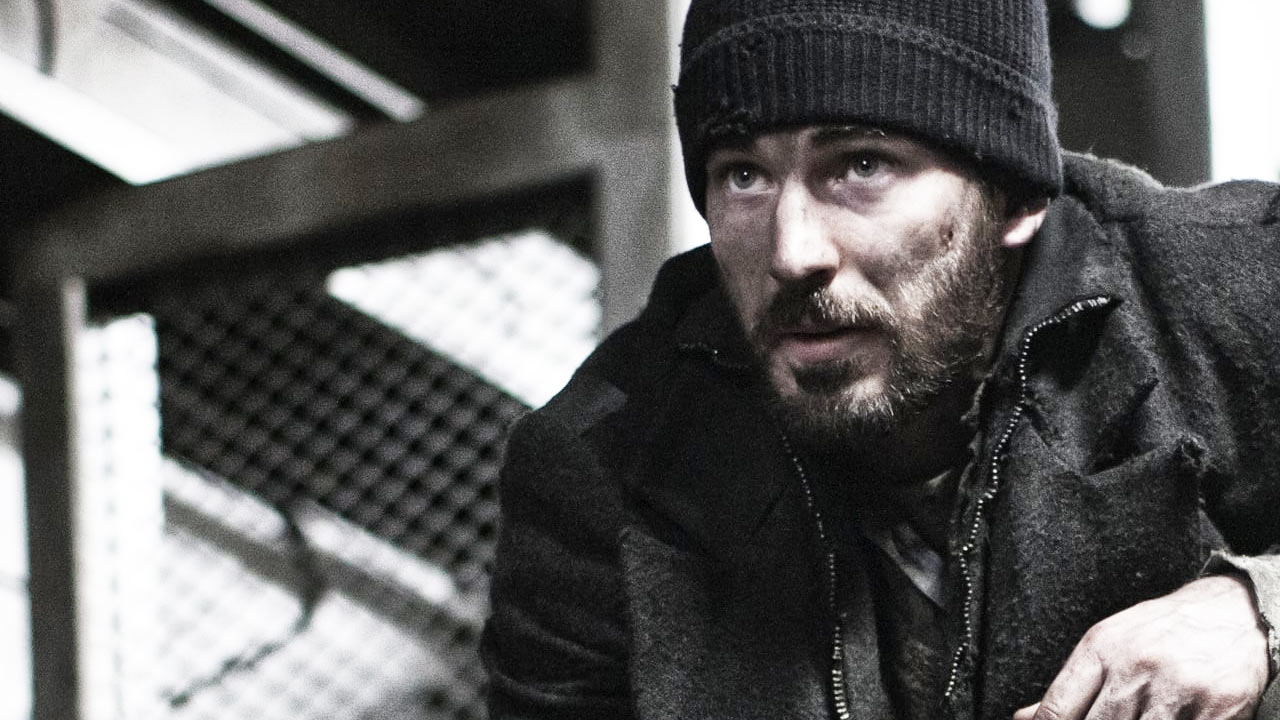
Snowpiercer (2013)
Bong Joon-ho’s most pulpy film to date, his English-language debut was ultimately buried by Harvey Weinstein on its first release, stopping it from entertaining packed cinemas like Parasite managed half a decade after. Chris Evans proved he was capable of anchoring a varied, dynamic cast way before Knives Out, as he’s forced to lead a class rebellion on a train circling a frozen Earth. Bong’s incredible visual eye translates seamlessly to a graphic graphic-novel adaptation that doesn’t skimp on politics.
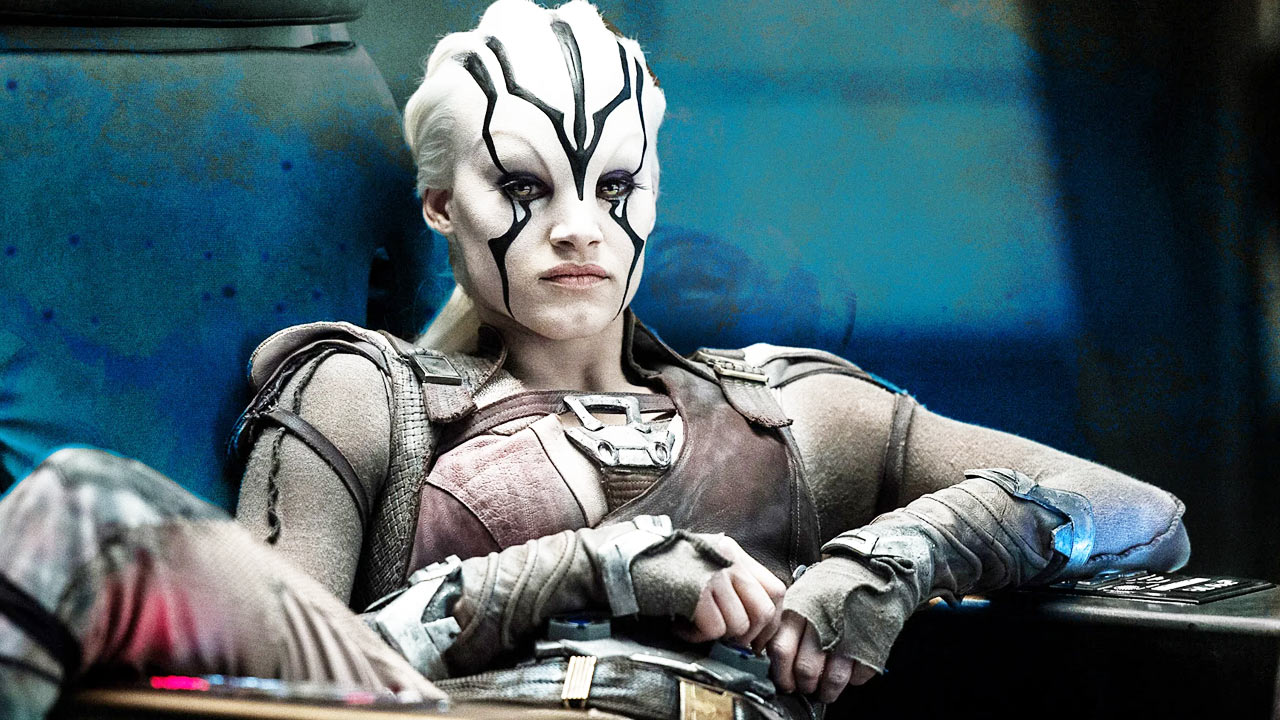
Star Trek: Beyond (2016)
This underrated thirdquel to the JJ Abrams reboot of Gene Roddenberry’s vision of the future may be the best in the Nu Trek series. Despite a troubled production, Beyond understands the crew dynamics and earnest-but-silly tone the Original Series thrived on. Crash landing on a planet occupied by aliens from the darkest corners of the galaxy, our crew have to confront the true consequences of Star Fleet’s ongoing and unending mission of exploring the cosmos.
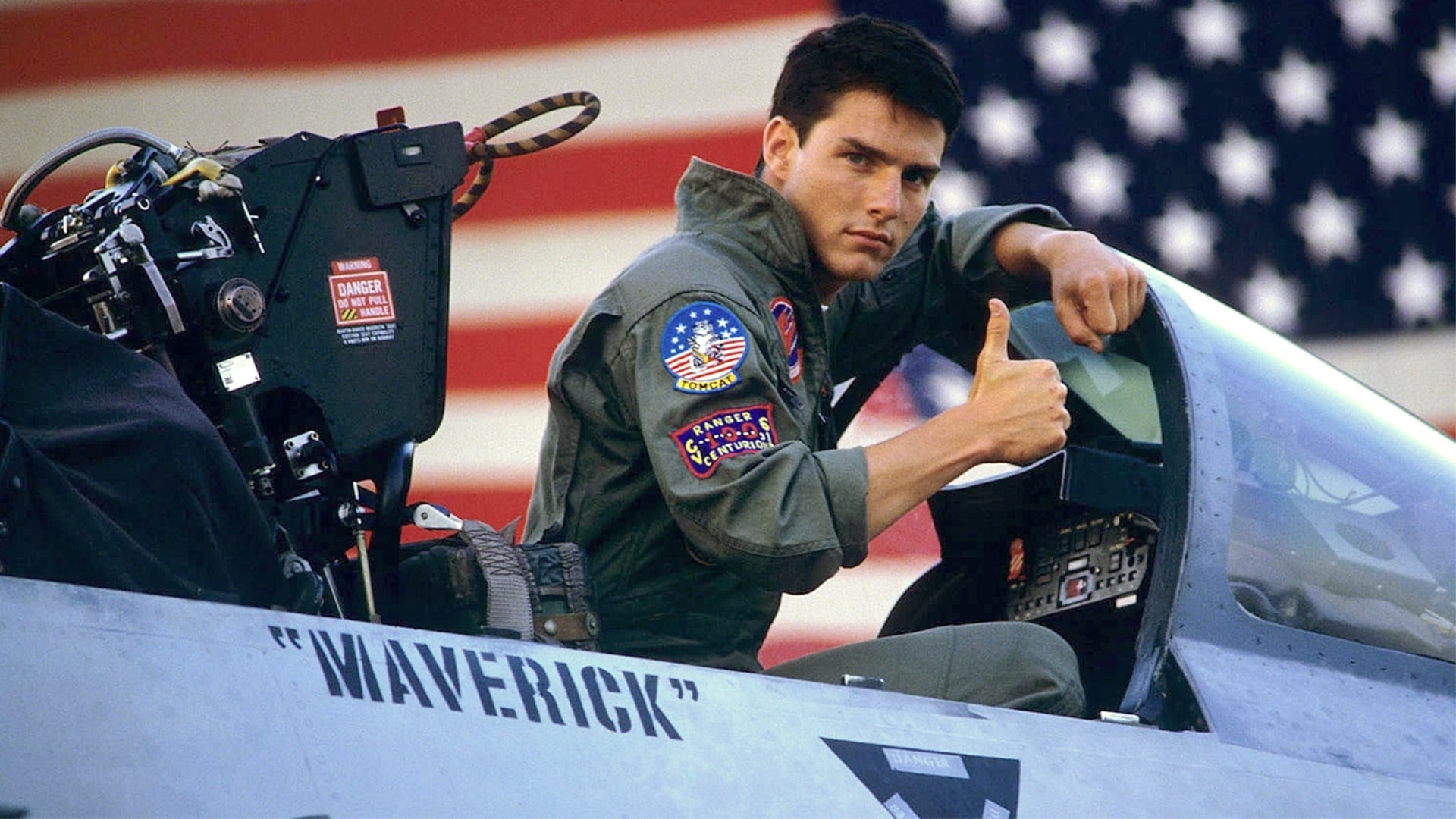
Top Gun (1986)
The “legacy” sequel dominated box office and awards conversations in 2022, leading a lot of people back to the glimmering slice of 80s cheese that is the original. A shameless slice of Navy propaganda, Top Gun pushed the boat out with its air combat spectacle sequences, which still retain a lot of their original juice thanks to director Tony Scott’s incredibly proficient technical team. If you haven’t caught up with it yet, see if it takes your breath away.

Transformers (2007)
When we first met live-action Optimus Prime and his noble quest to rid the universe of Decepticons, the series was not yet the mind-numbing tedium it would become in its third, fourth, and fifth instalments. The first film managed to be pretty great fun, with Bay’s stand-out visual style working well with the reflective metal of all those brilliantly CG-rendered bots. Seeing the Autobots transform into battle-mode still packs the same awesome punch it did 15 years ago.
The Michael Bay reappraisal movement is underway, and now we’ve seen Transformers without him, we’re better suited to appreciate what was unique about his Autobot action. Dark of the Moon is the sweet spot of the franchise—before things got completely obnoxious with Mark Wahlberg, but when the action had to upstage the last two films by going mental. Sometimes, you need a movie to take outer-space robot warfare deadly seriously—and understand we want utter mayhem.
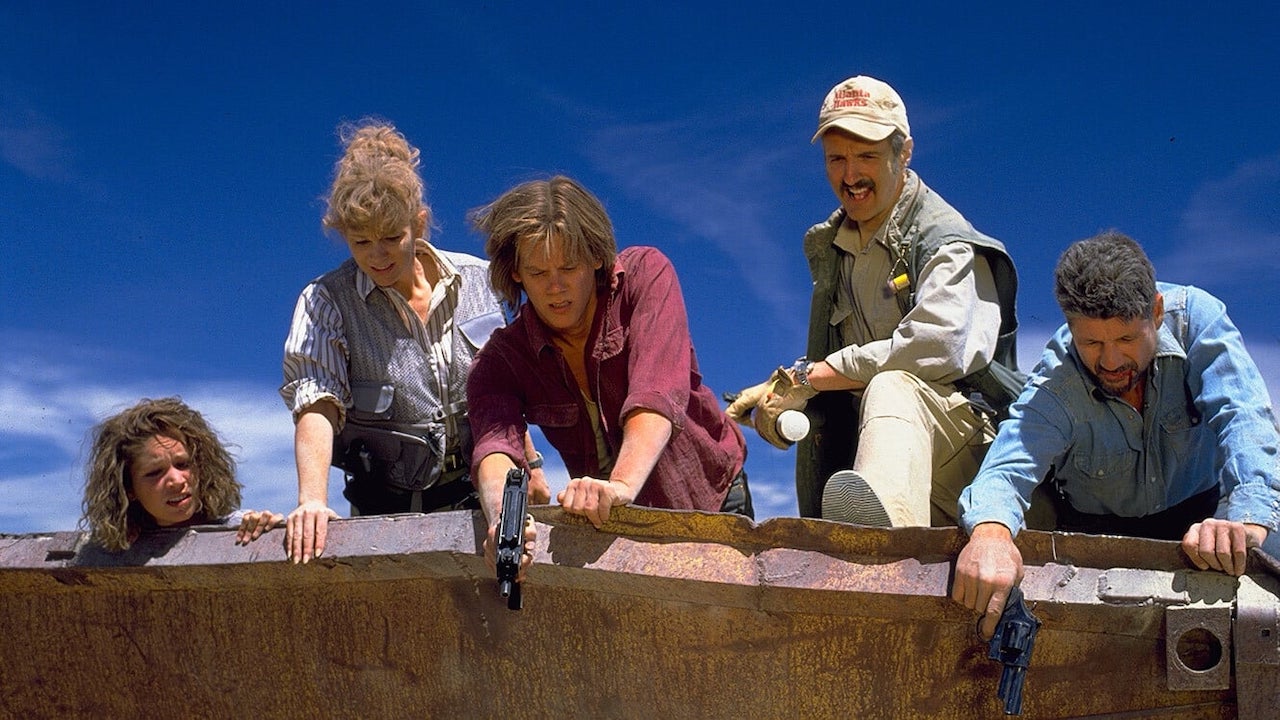
Tremors (1990)
It’s funny that when Kevin Bacon took on Tremors, he had financial burdens to pay for his family and his career was at a low-point—and an underground worm movie was seen as something to be ashamed of. Thankfully, he now sees it as one of his acting highlights, a high-concept throwback to the cheese and charm of old-school creature features with incredible effects work and puppetry, and his unhinged energy is exactly what the film needs.
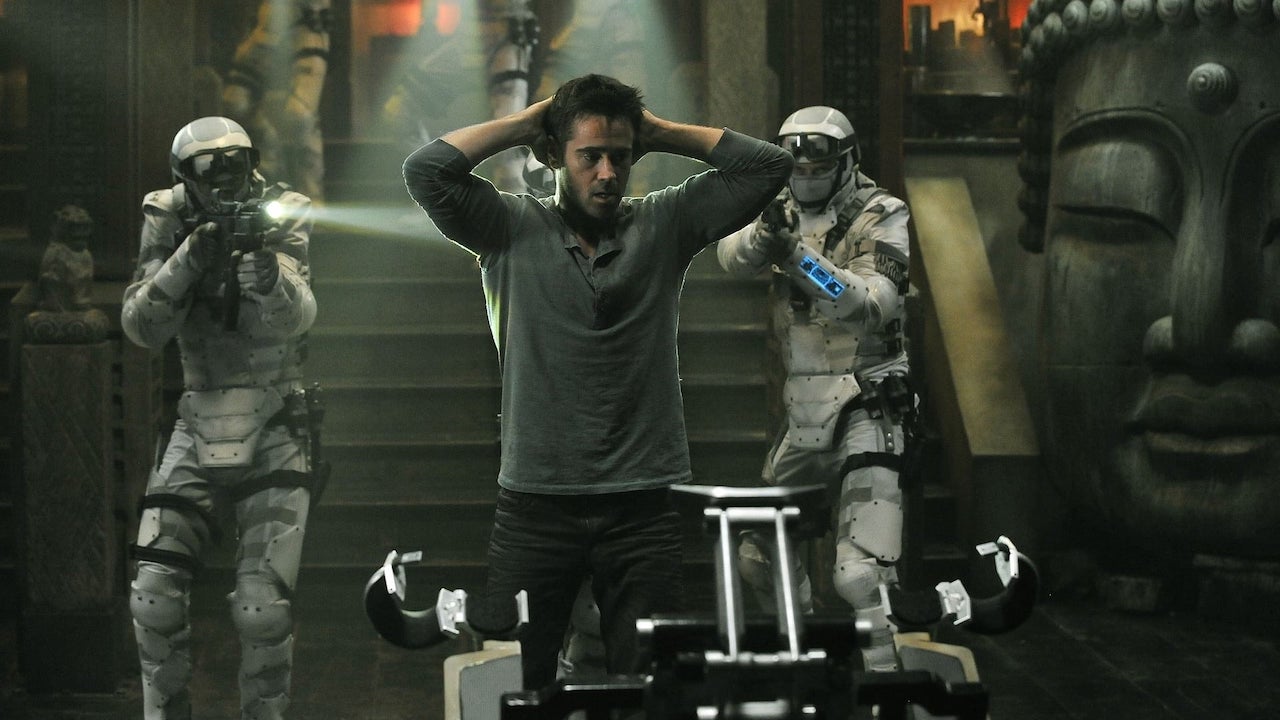
Total Recall (2012)
It’s no Paul Verhoeven, but Colin Farrell is a much easier sell as a blue-collar everyman who no-one suspects could be a superspy than Arnold Schwarzenegger. This remake is unnecessary, sure, but what it lacks in imagination it makes up for in lens flares (allegedly, there are over 900). It’s got that JJ Abrams-copycat style with nice grungy sci-fi production design, and delves more into its conspiracy storyline, which has a stronger resonance in the digital age.
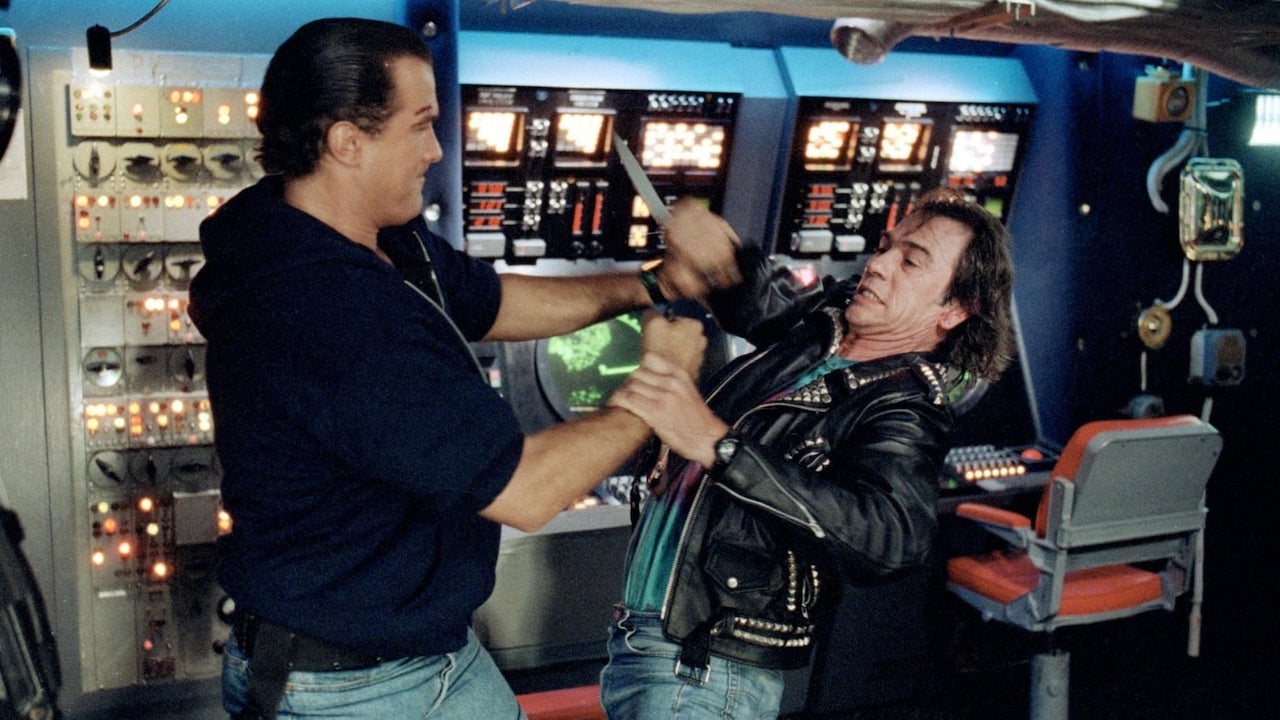
Under Siege (1992)
One of the only watchable Steven Seagal movies, Under Siege feels like someone explained every 80s action movie to a single screenwriter and gave him three hours max to whip something up. All that considered, it’s pretty good! Segal is a Navy SEAL-turned cook on a battleship taken over by mercenaries—namely, Tommy Lee Jones, Gary Busey, and Colm Meaney. People burst out of cakes, carve red meat, and worry about pies overcooking: it’s a Die Hard rip-off that works.
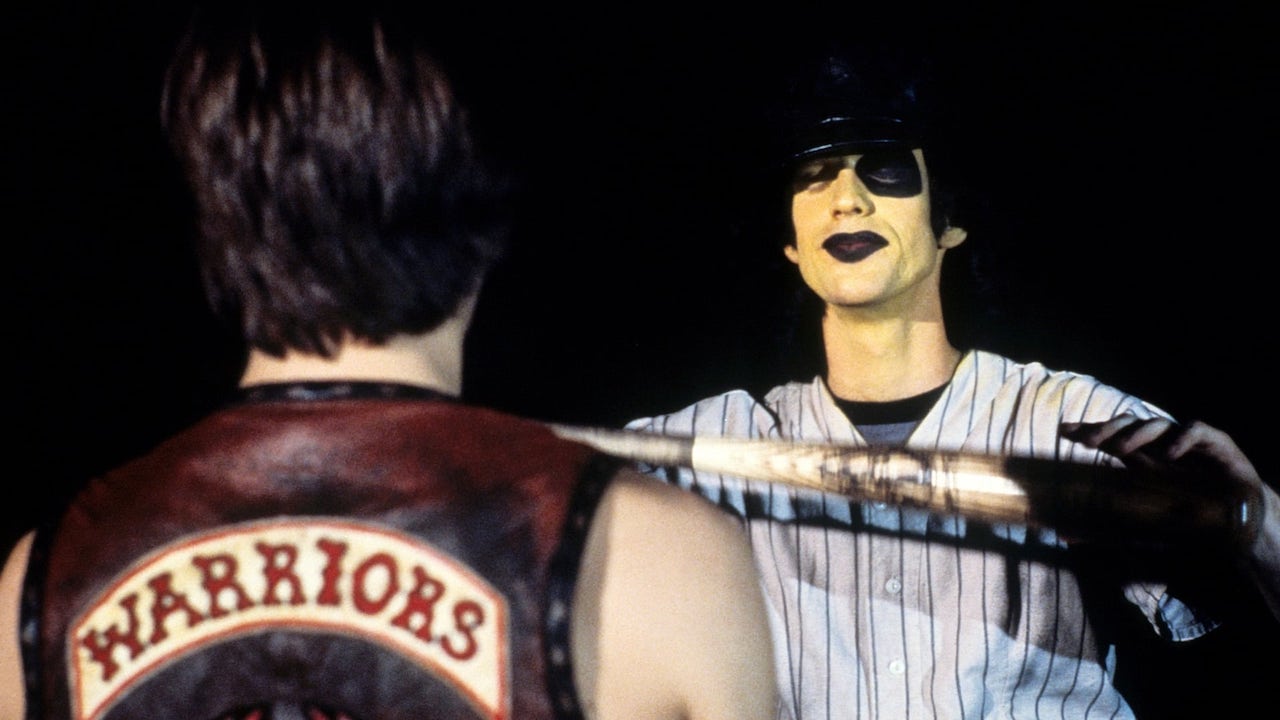
The Warriors (1979)
A pivotal entry in the “New York is Trying to Kill Me” subgenre, The Warriors centres on a Coney Island gang of outcasts with each other’s back who get framed for an intergang act of war. In their attempt to escape being taken out by the other colourful gangs, they must weave across the Big Apple’s network of roads and rails. It’s pitch-perfect 70s pulp, with a great selection of scuffles kicking off in subway stations, public bathrooms, and deserted parks.
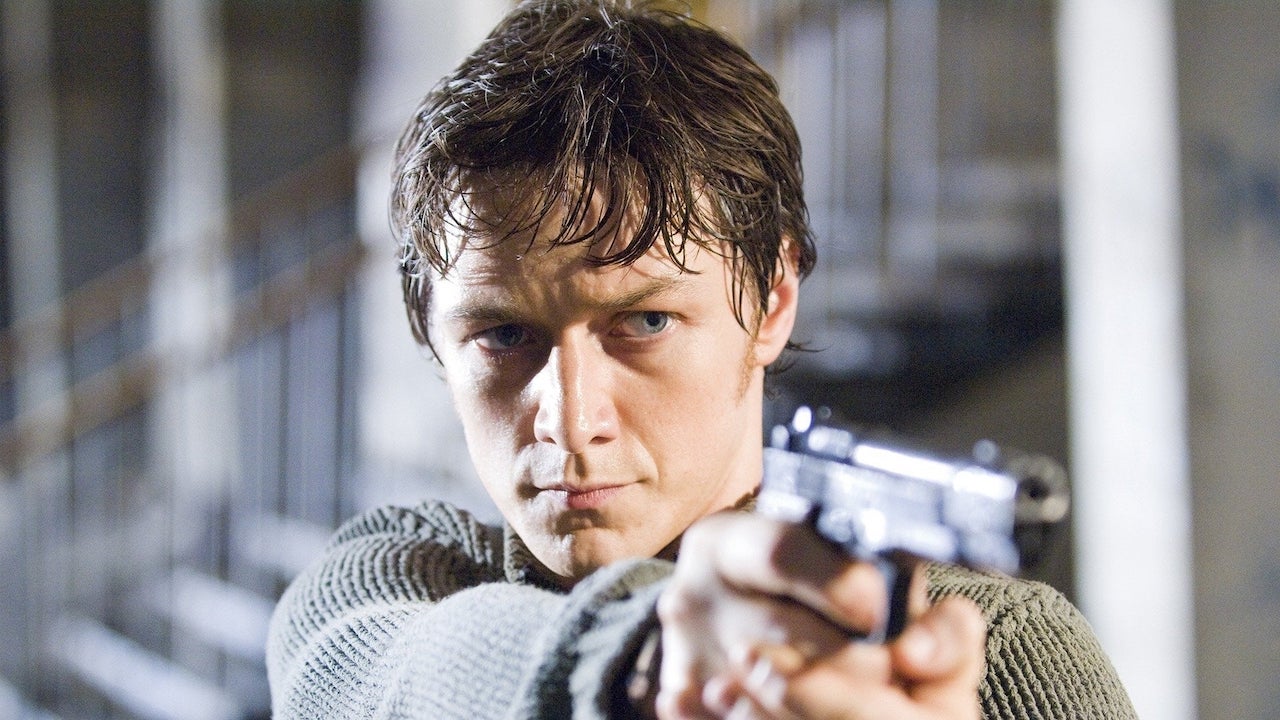
Wanted (2007)
This film (which, like Kick-Ass and Kingsman, was adapted from Mark Millar comic) understands that any fictional secret brethren of hitmen is inherently very, very silly. An explosive calling card for star James McAvoy, who teams up with impossibly skilled “bullet bending” assassins played by Angelina Jolie and Morgan Freeman. The action sequences are unfamiliar with the laws of physics, but very aware of the cinematic language of kicking ass and looking cool.
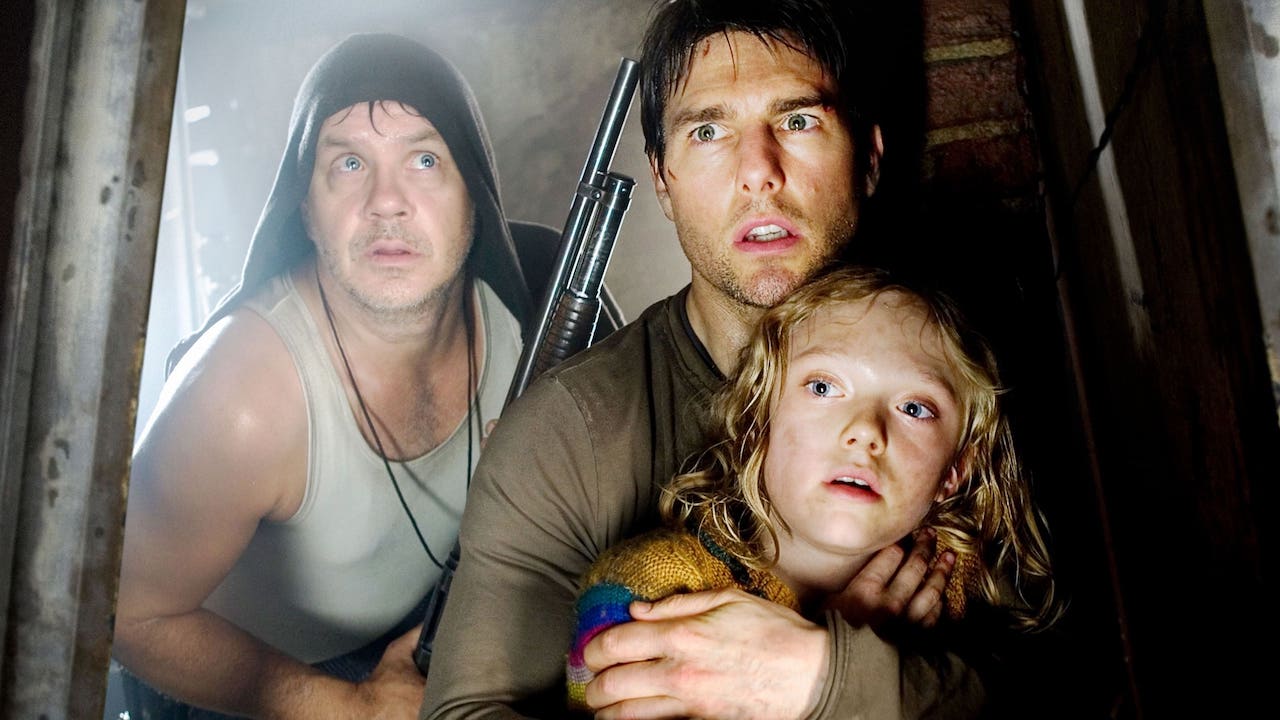
War of the Worlds (2005)
You may not know this Spielberg/Cruise sci-fi disaster collaboration is about the trauma of experiencing the September 11th attacks, but you won’t be able to stop thinking about it the next time you watch. Dust clouds, screaming crowds, and biological debris are in nearly every frame. Spielberg dials up his most paranoid instincts to imagine how an alien terror would unravel us at our very core, shown through action sequences that are as terrifying as they are stunning.
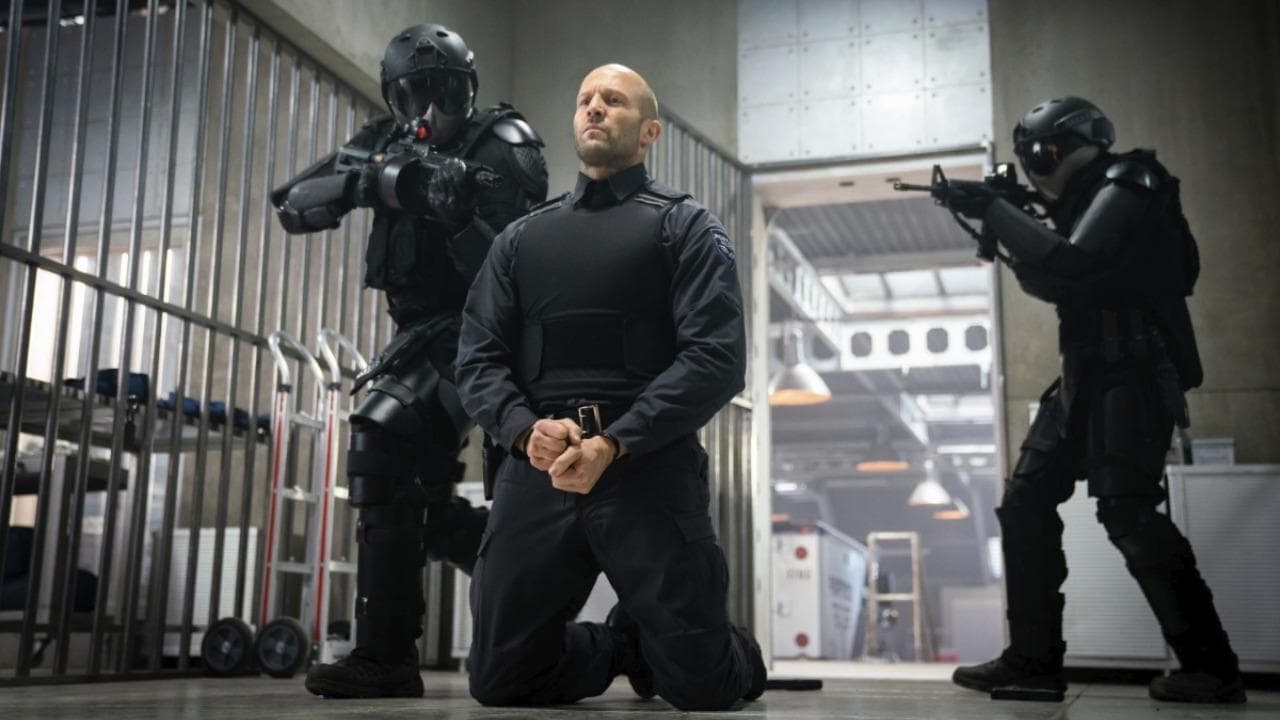
Wrath of Man (2021)
Guy Ritchie revival, anyone? After years of studio disappointments, he returned to gritty action B-movie mode with his most humourless film yet, a fractured narrative heist film about people righting the injustices society has made against them. Jason Statham is a right peeved-off geezer with a mysterious past, and confidently leads the thundering shootouts and robberies in a film that, along with The Gentlemen, set the tone of the welcome, much smaller stage of Guy Ritchie’s career.

